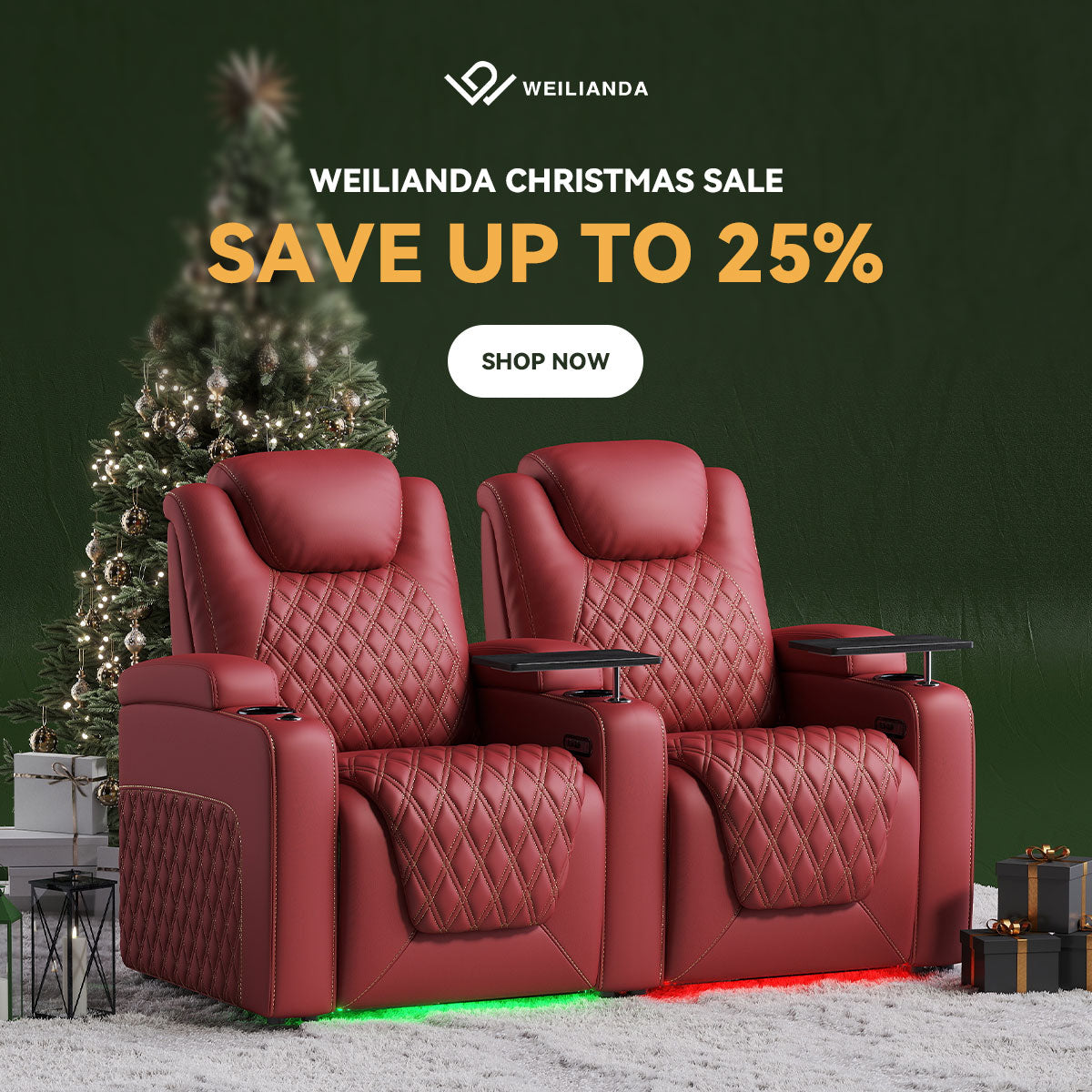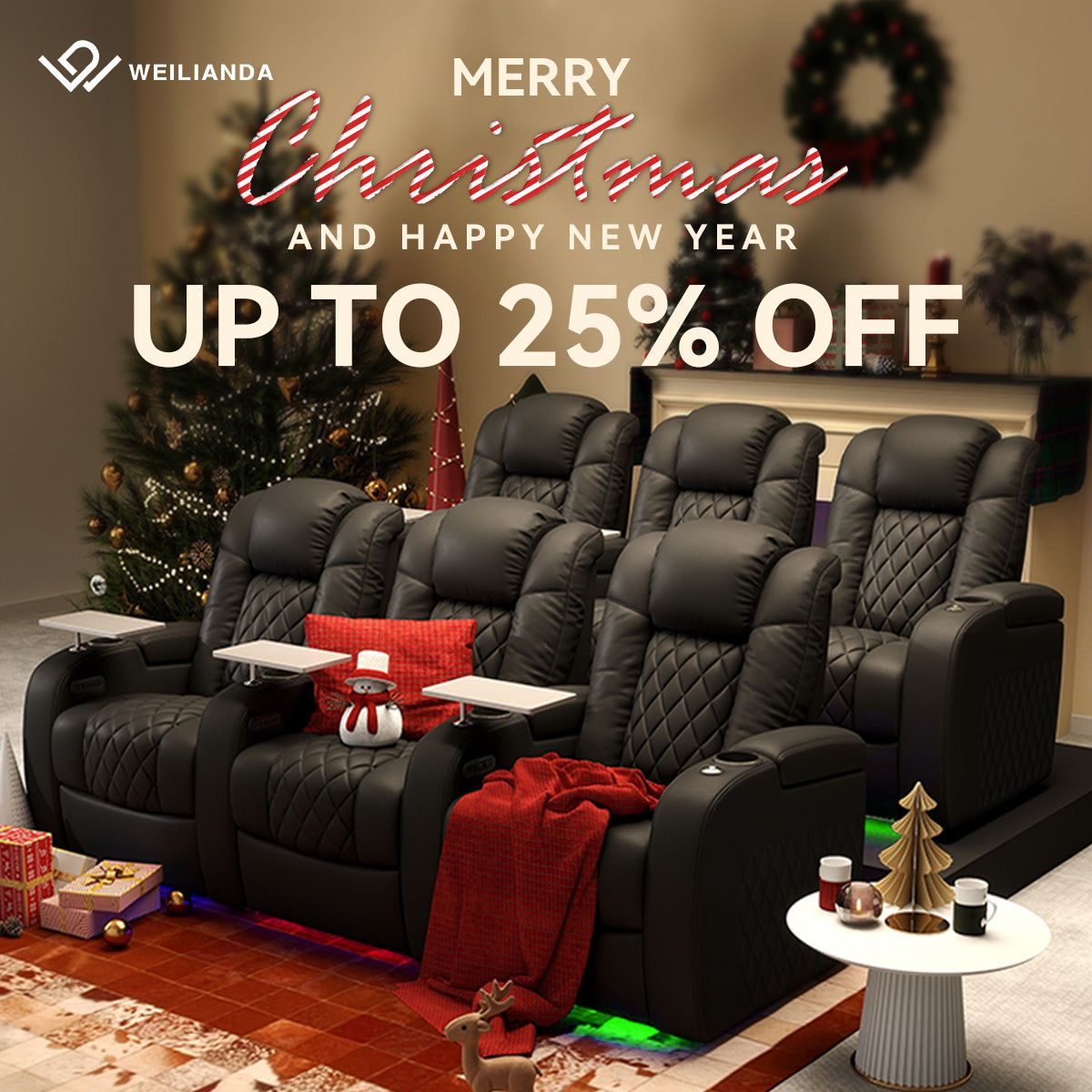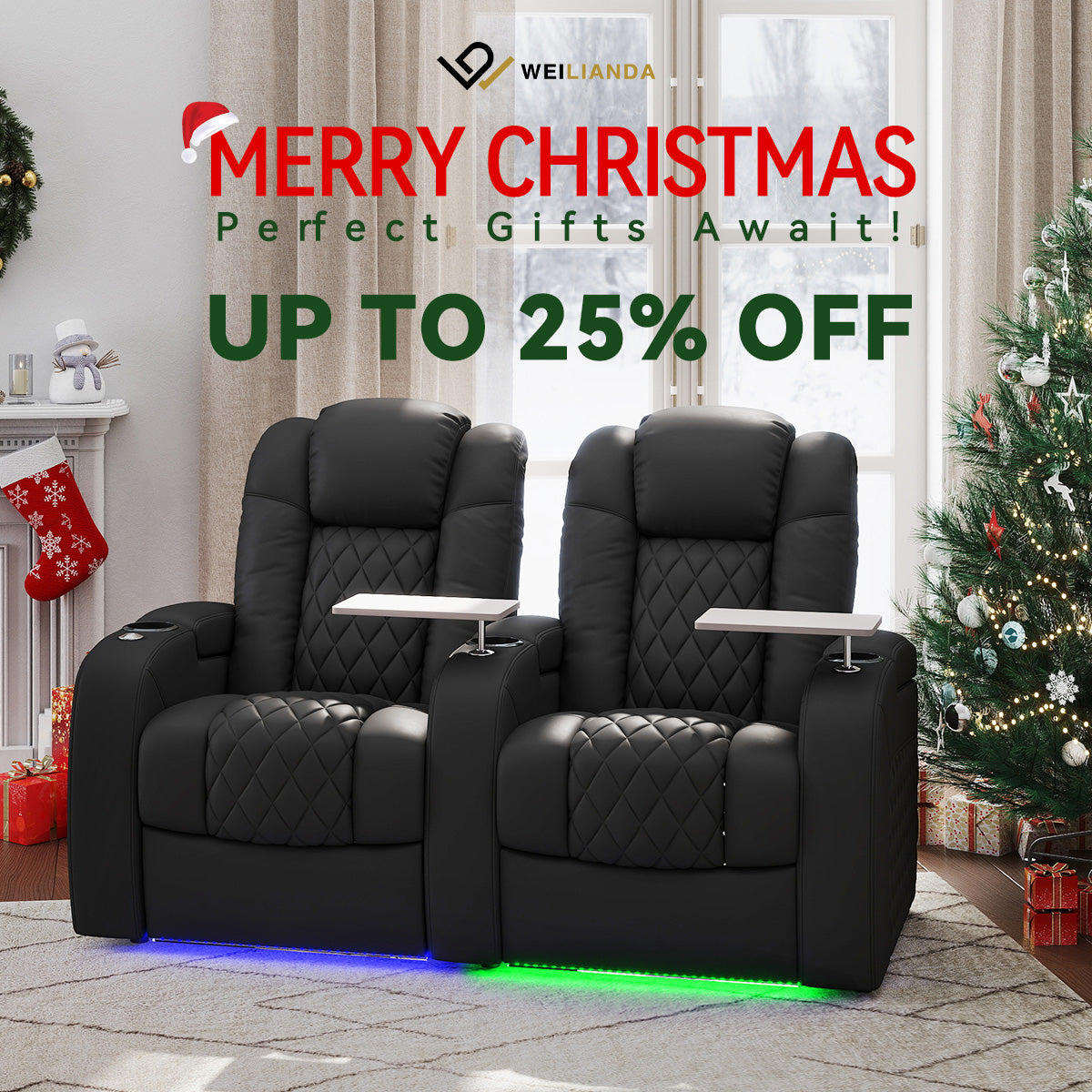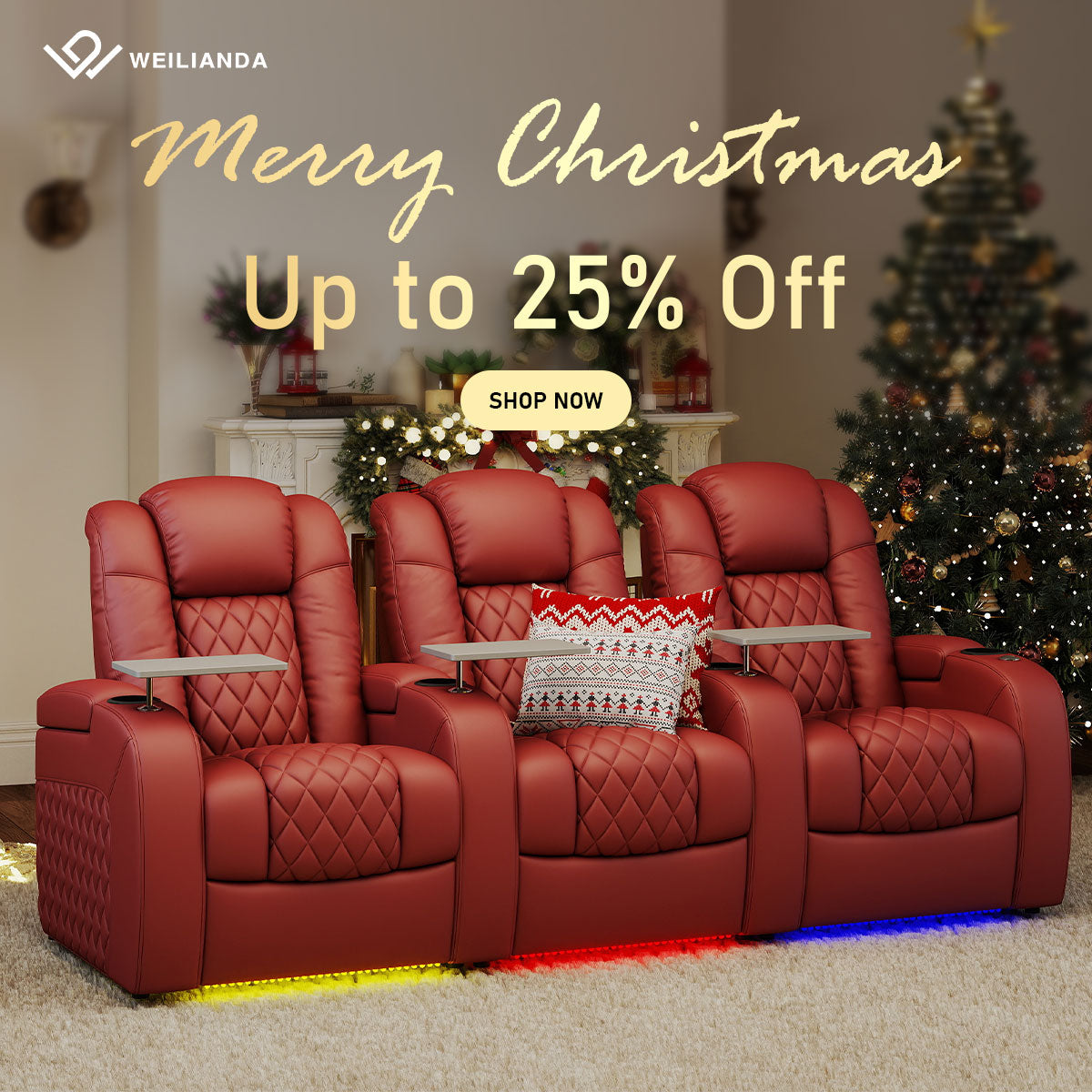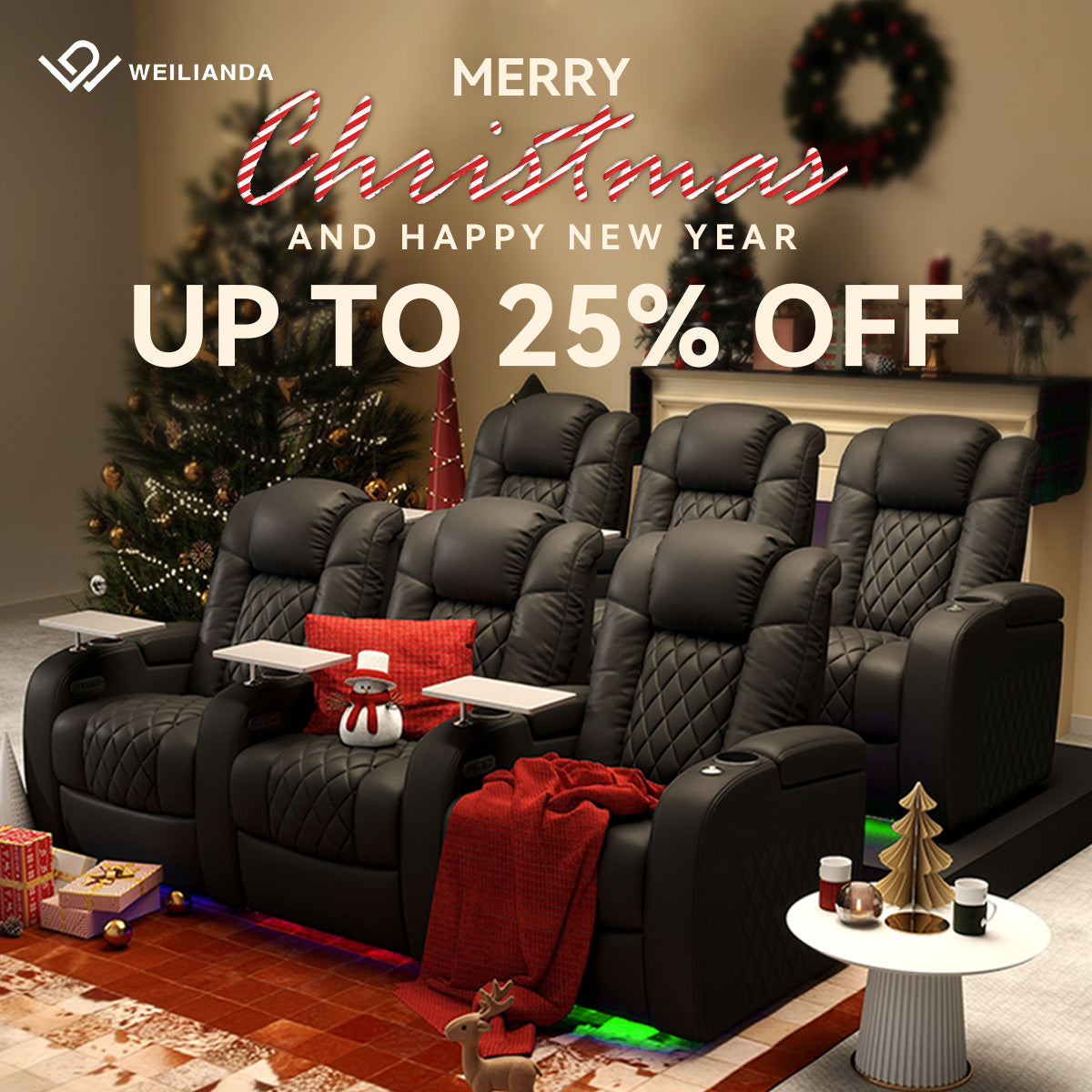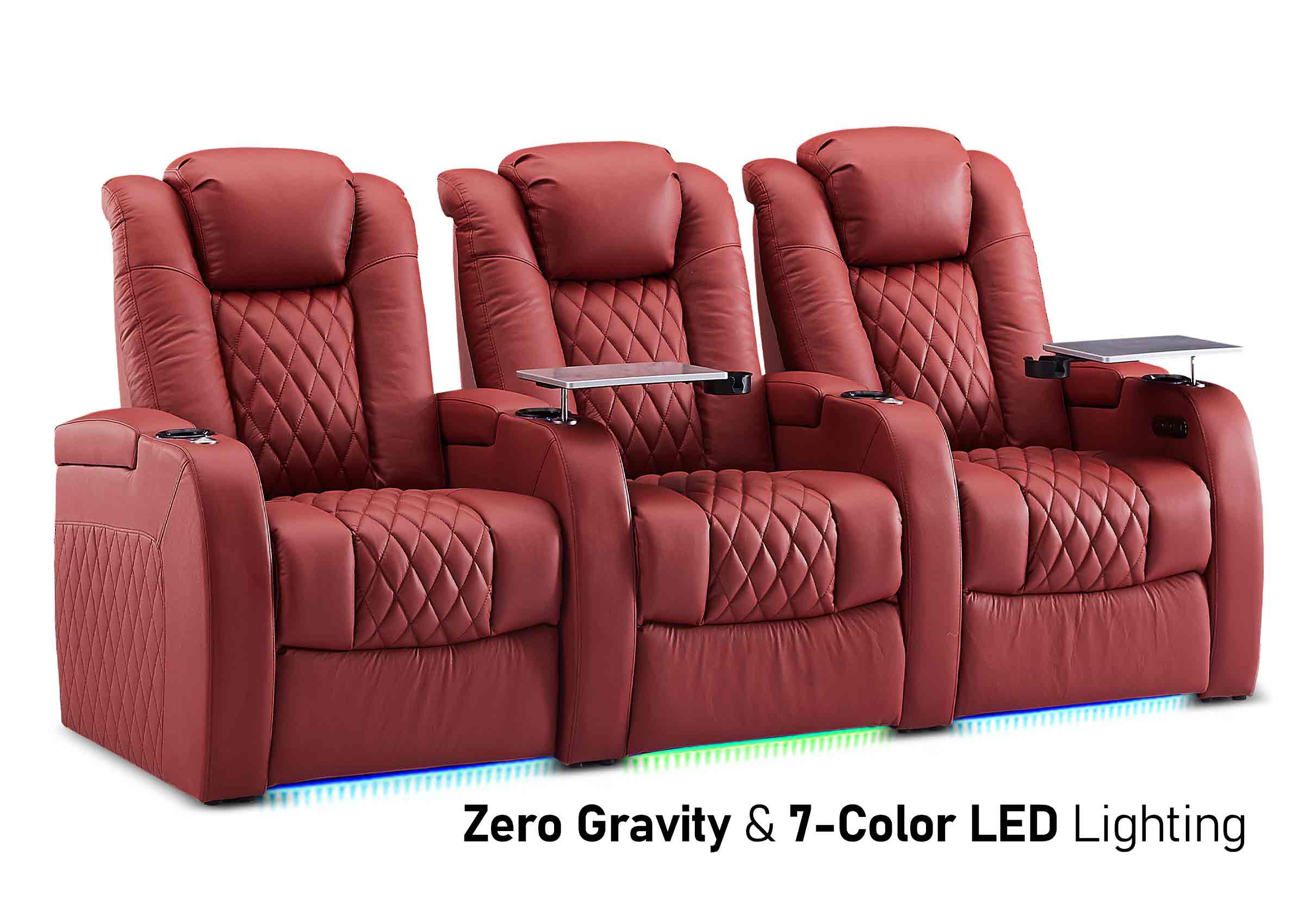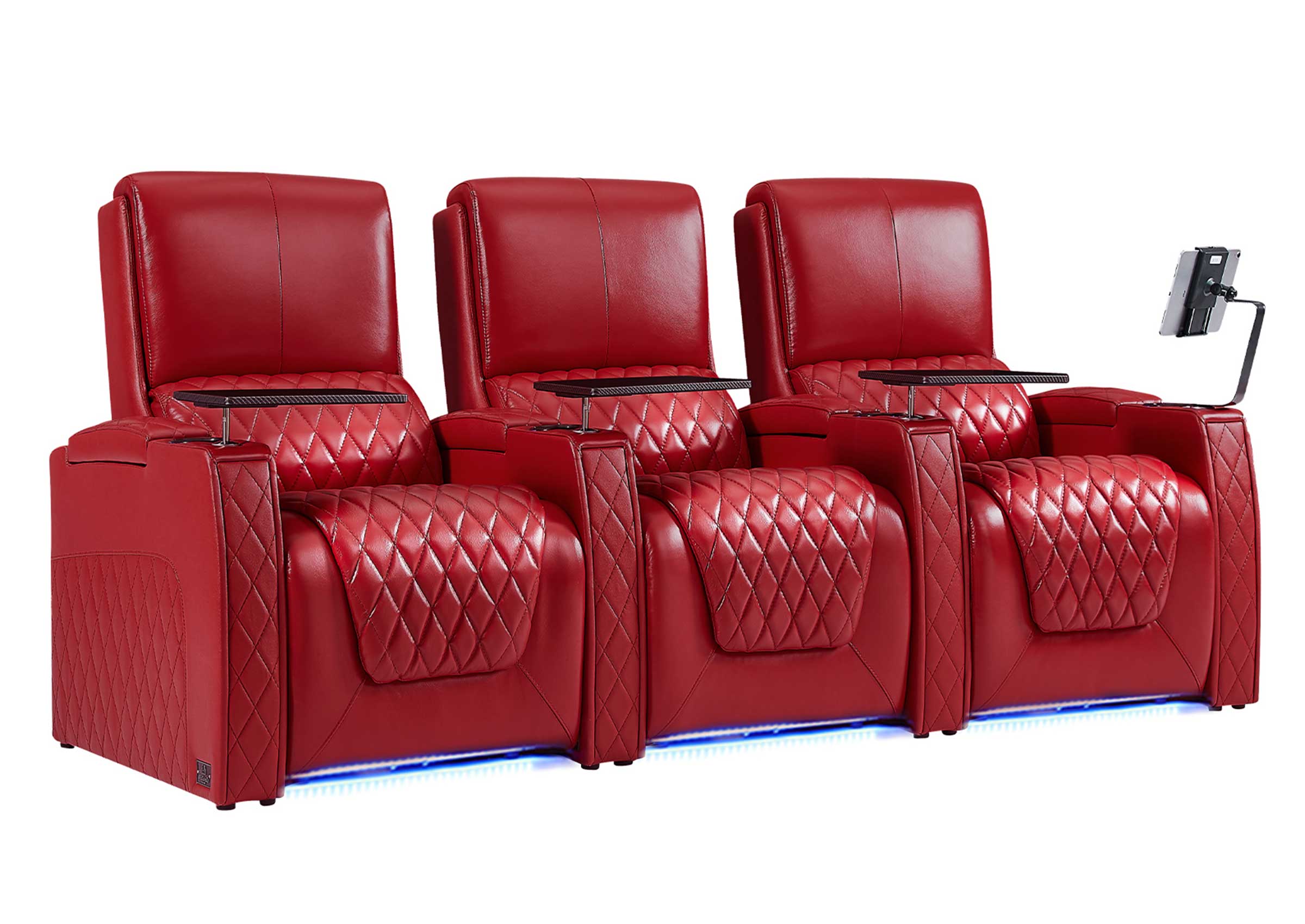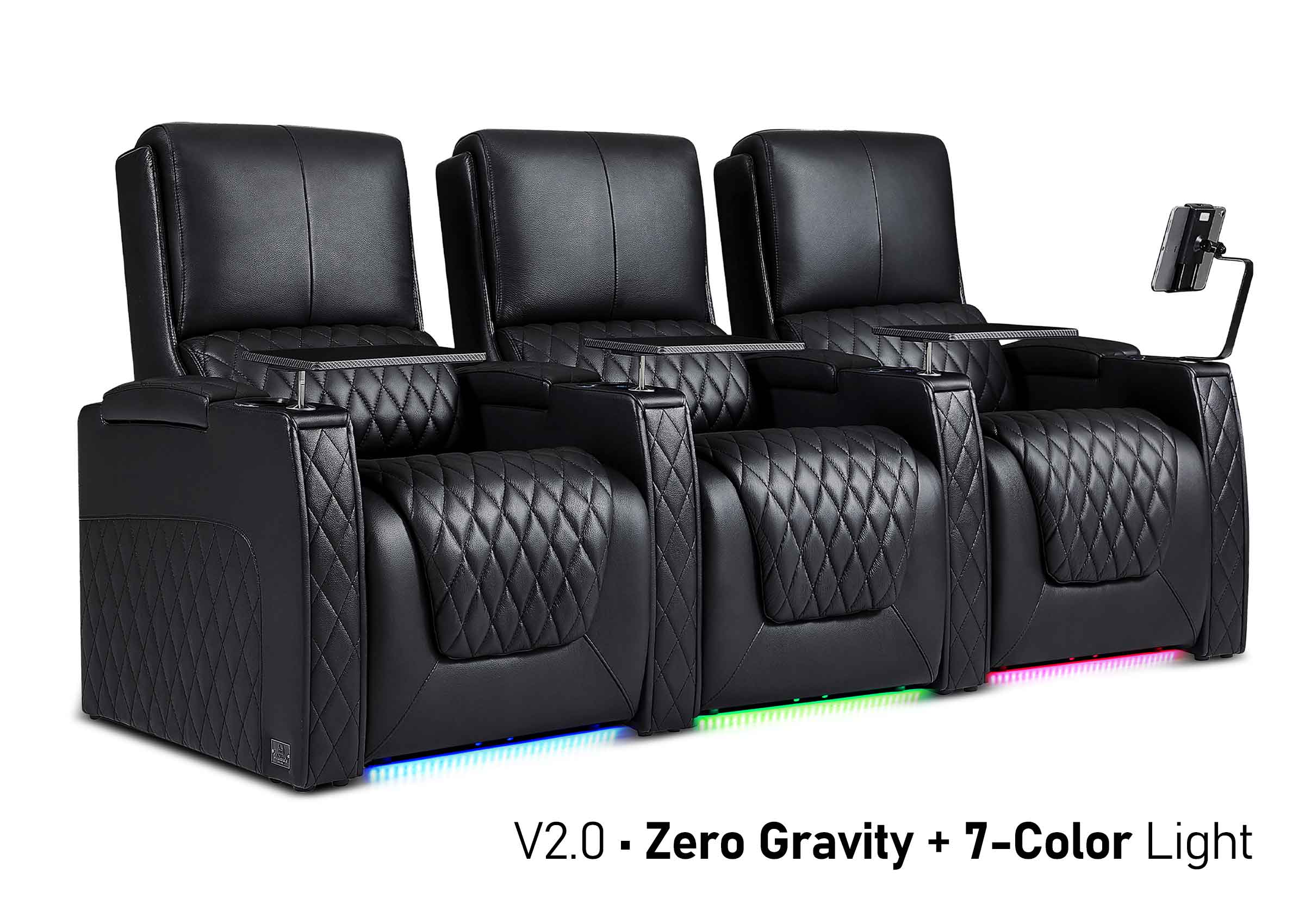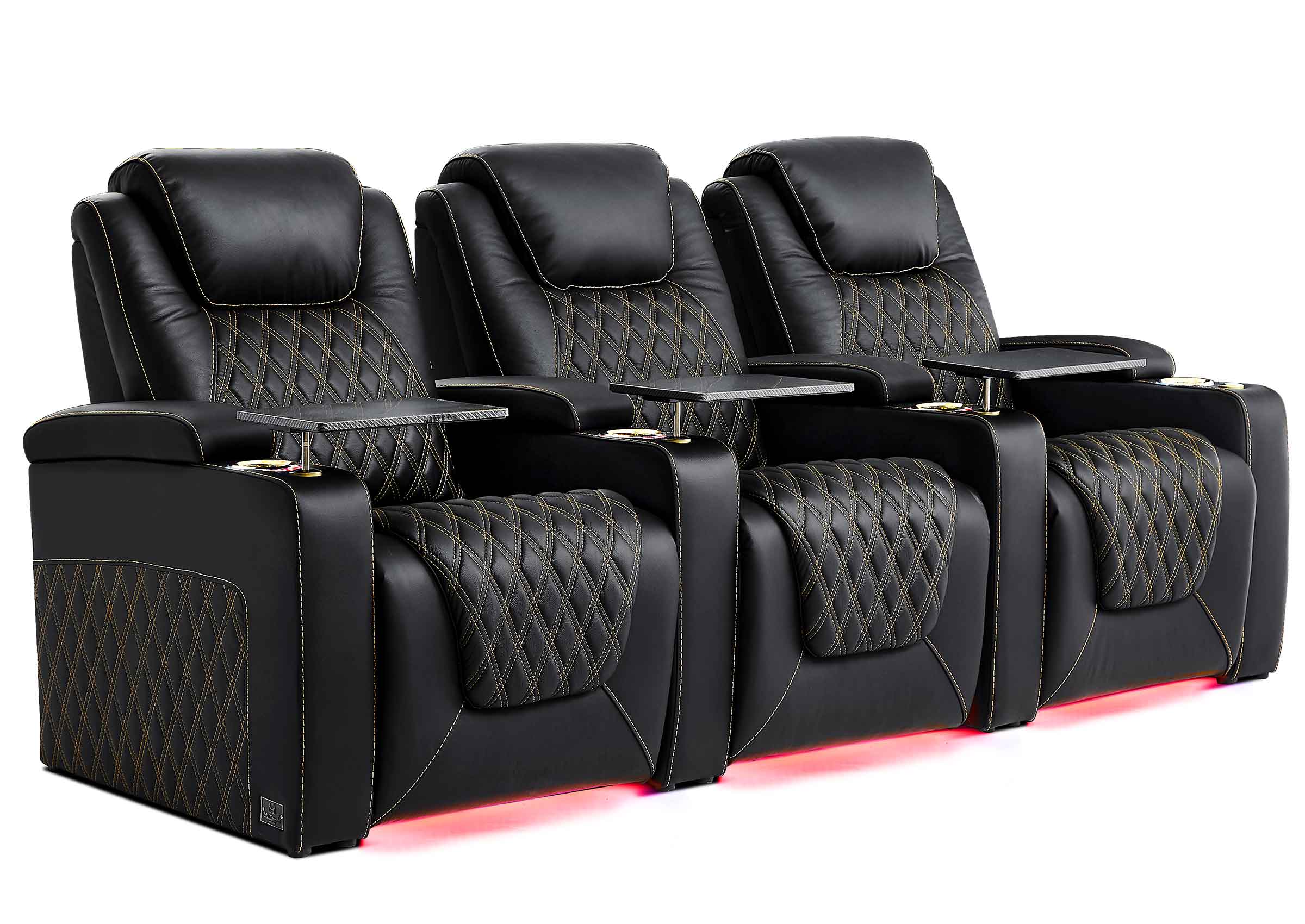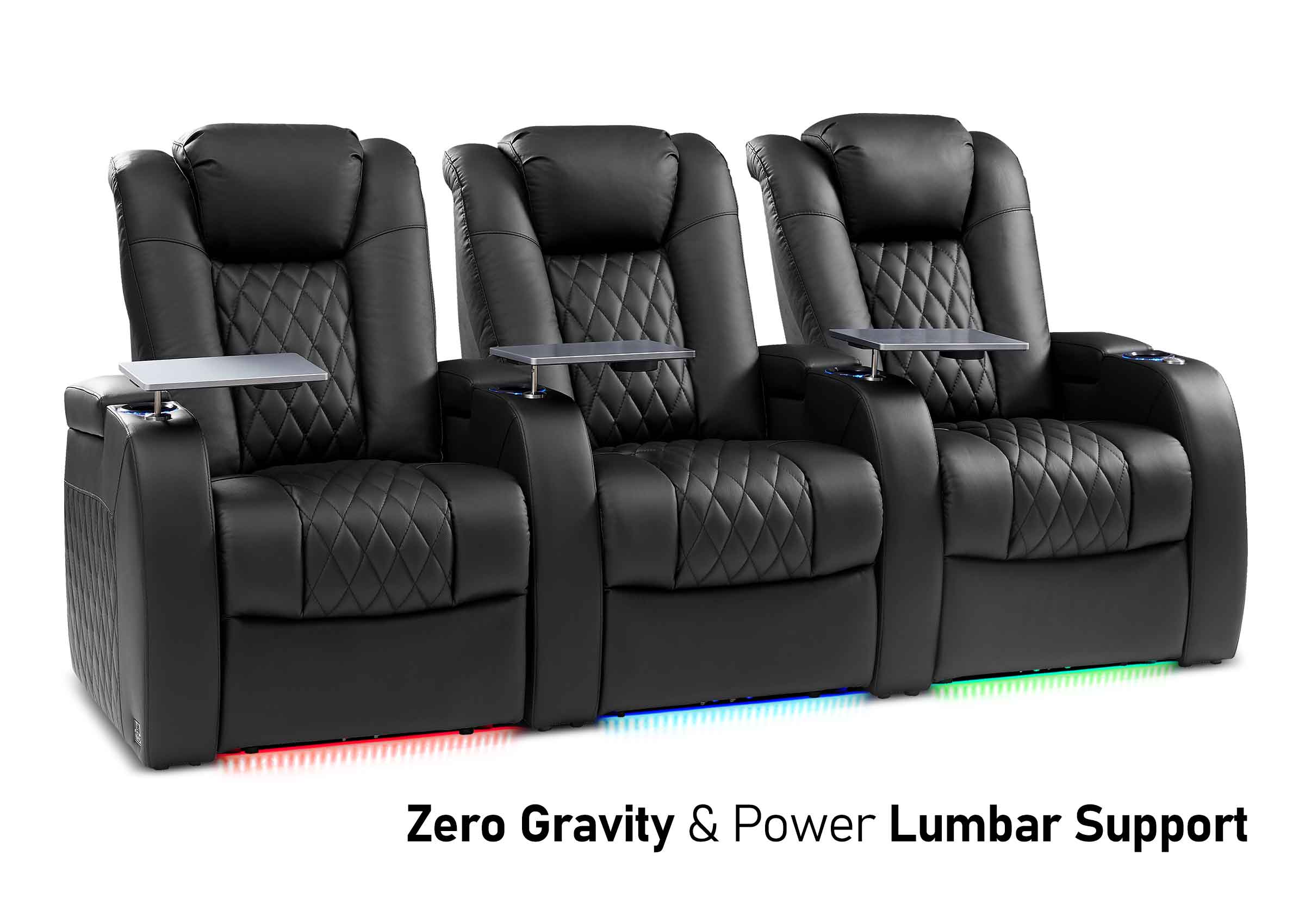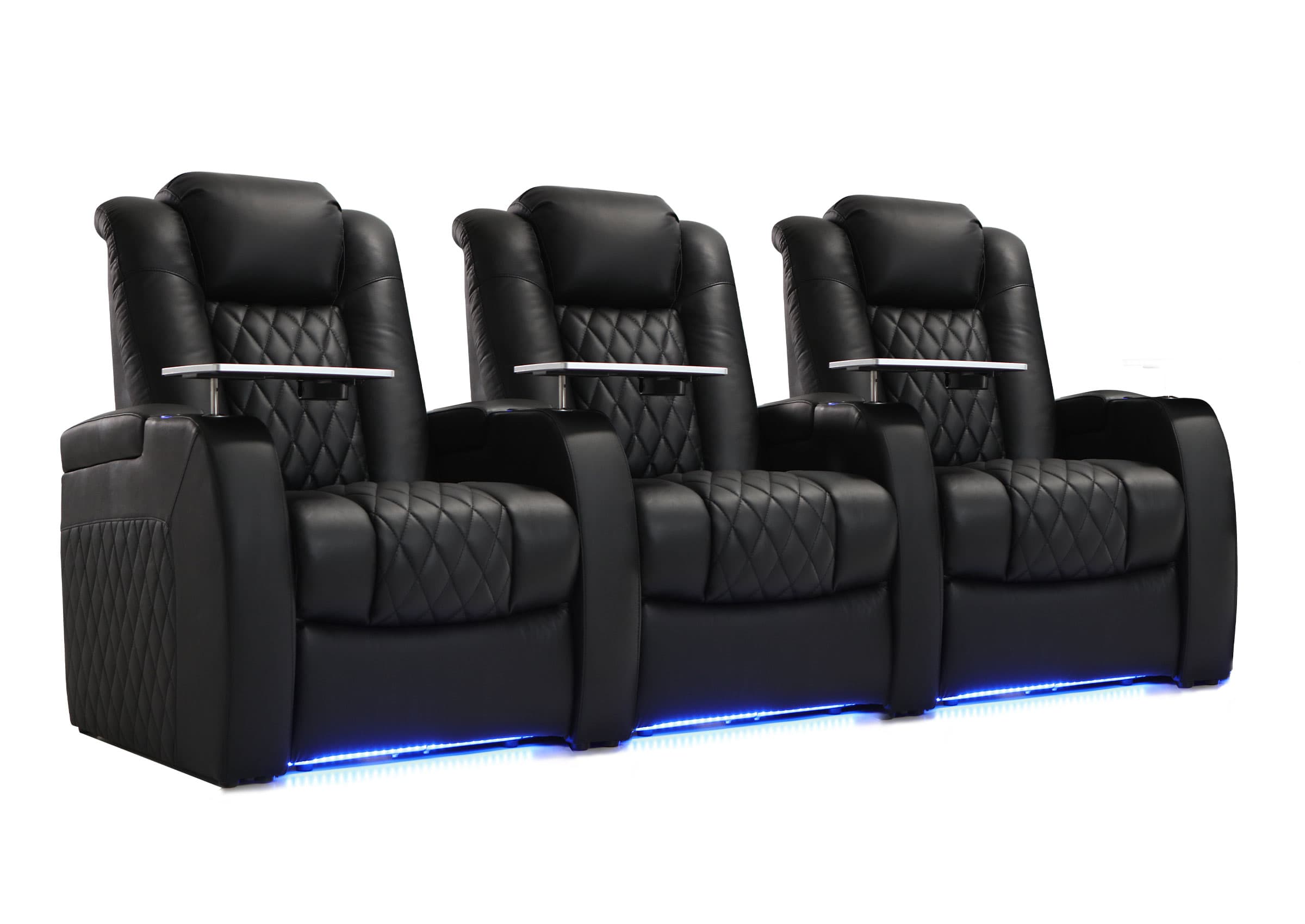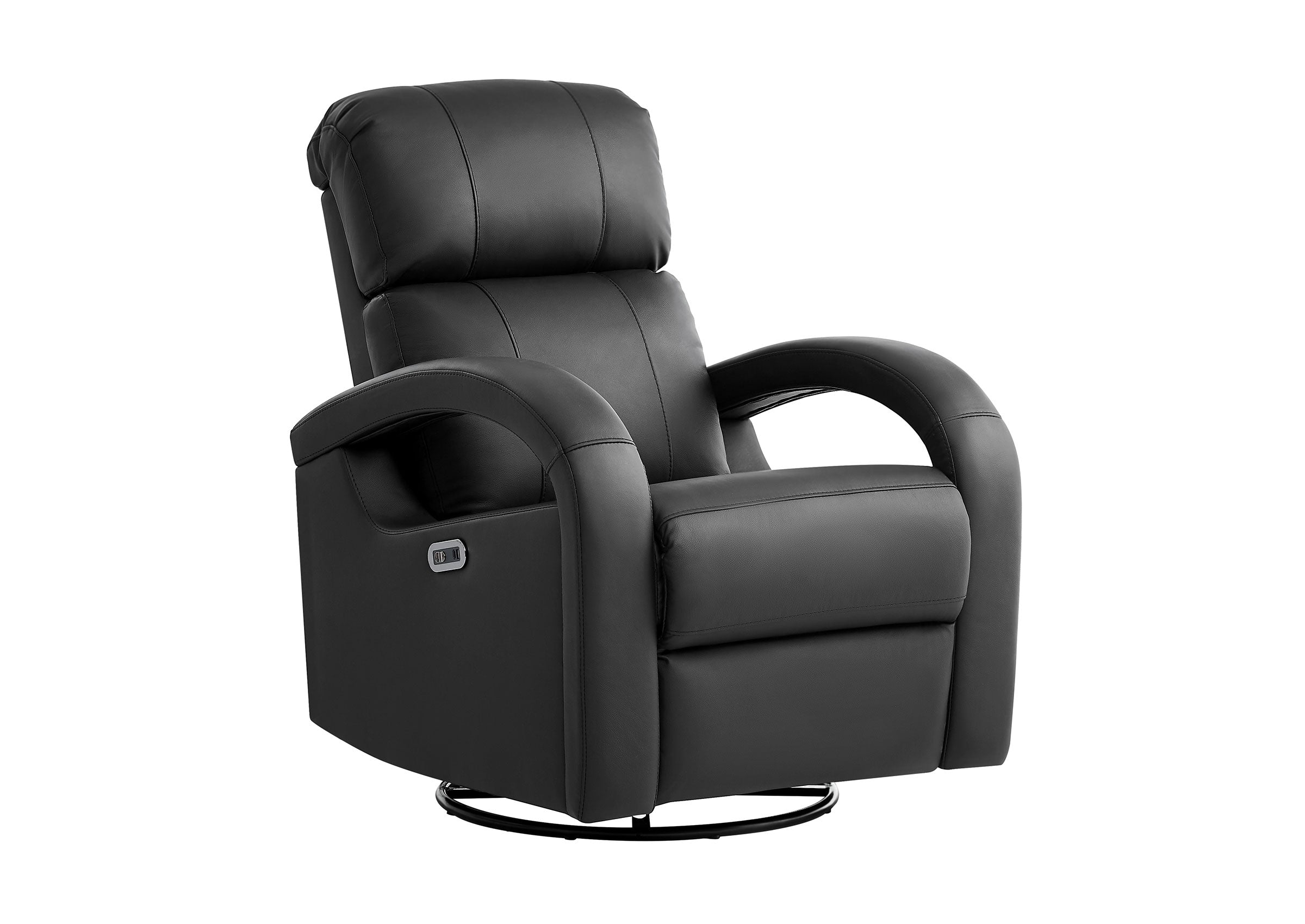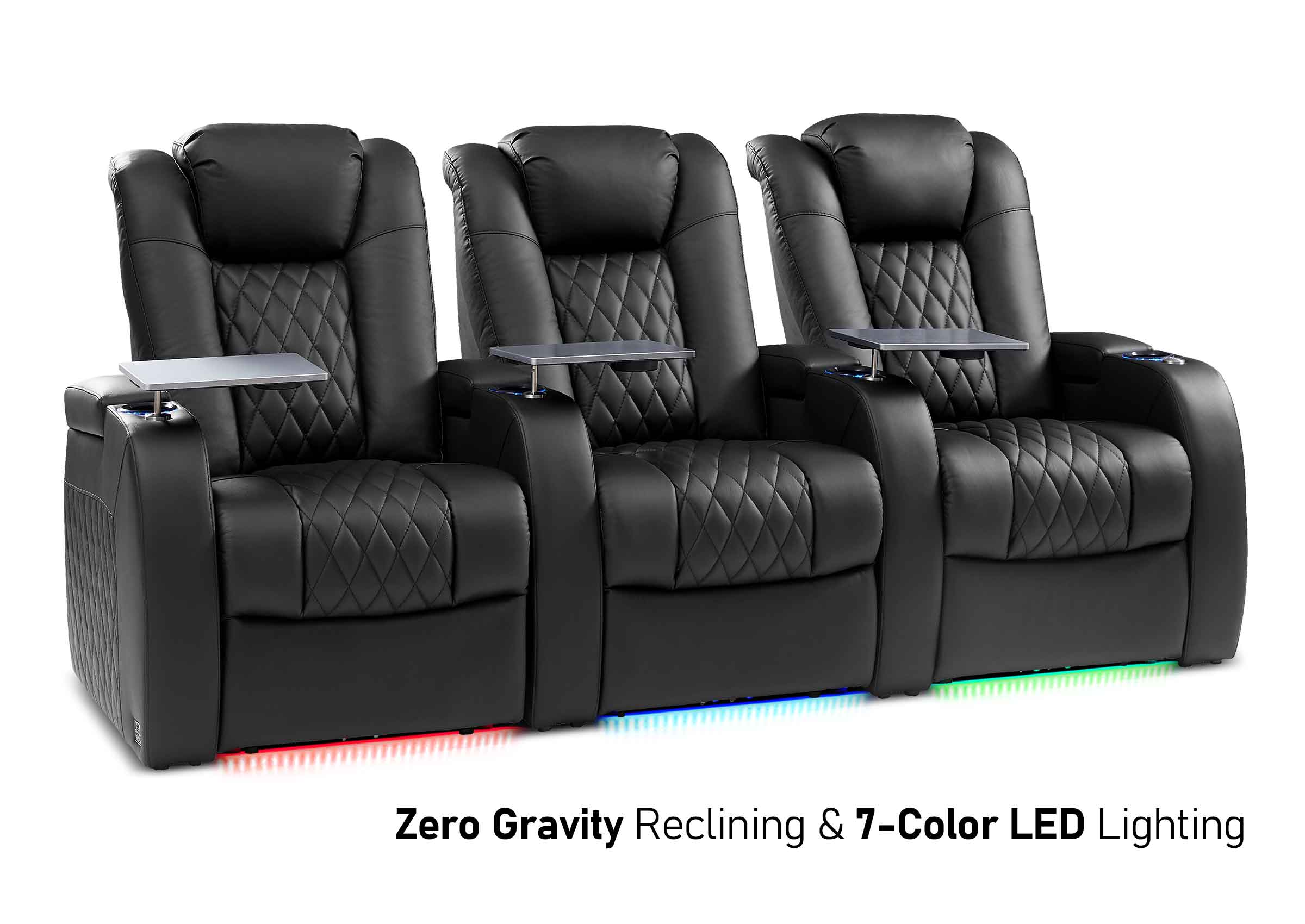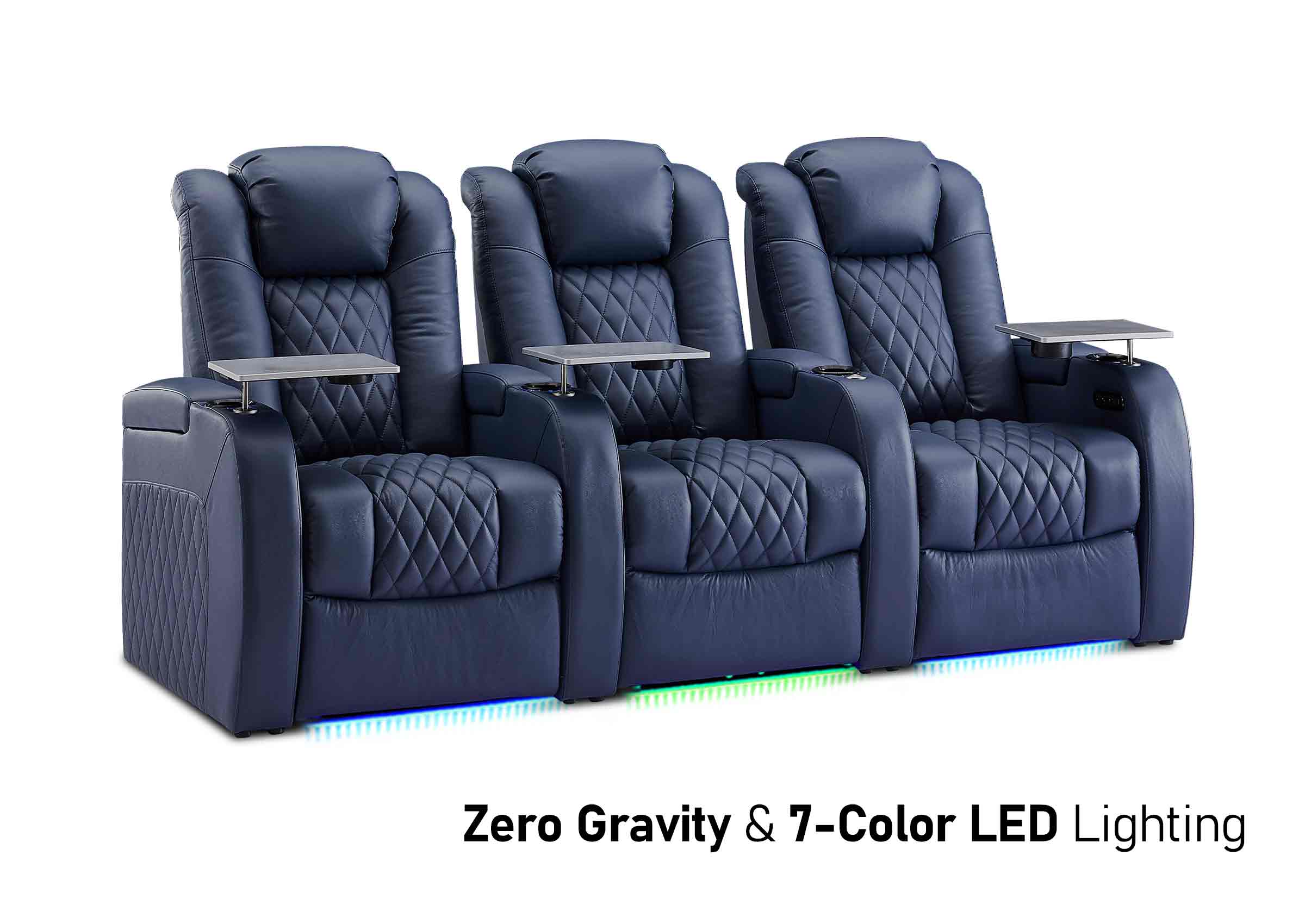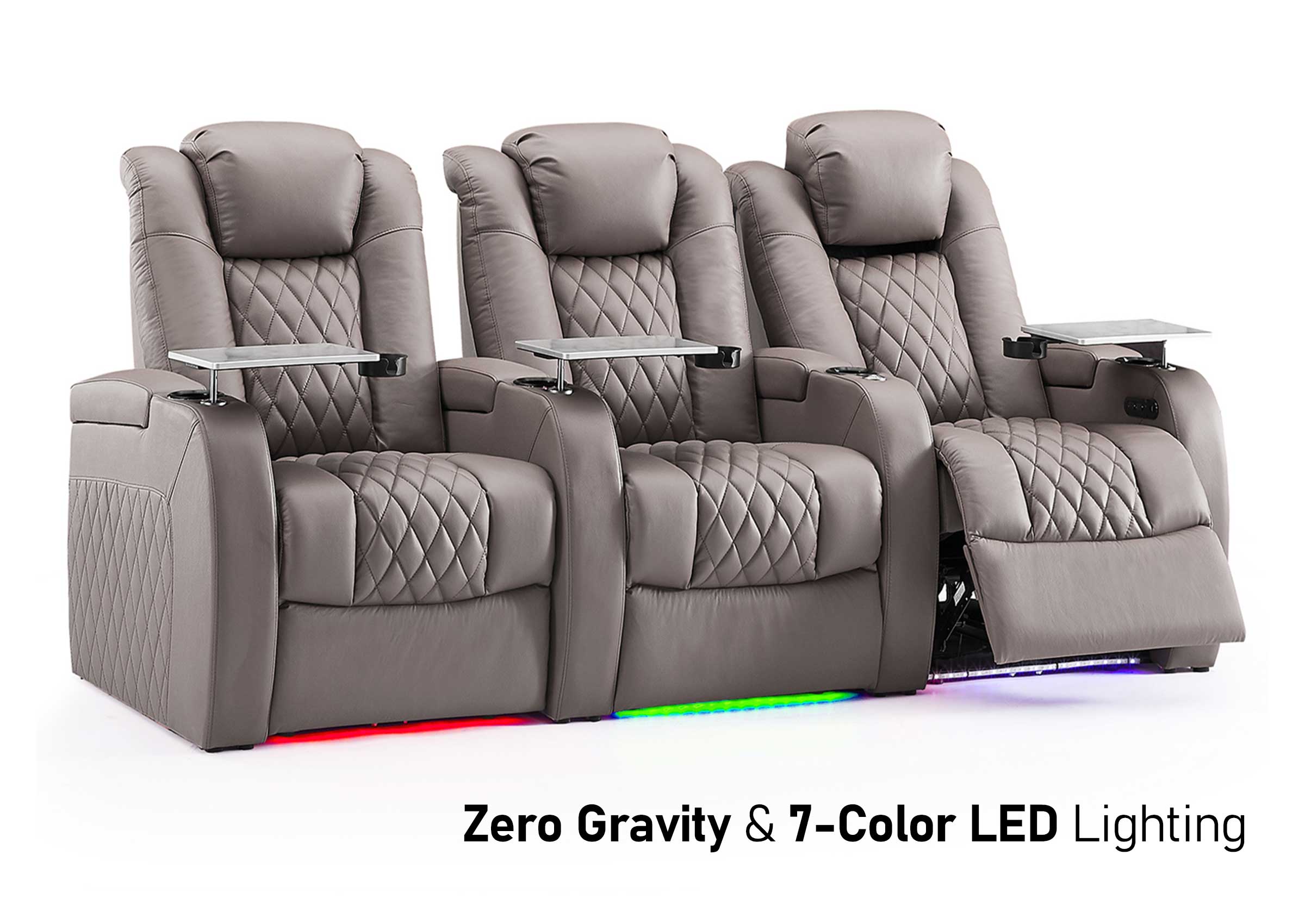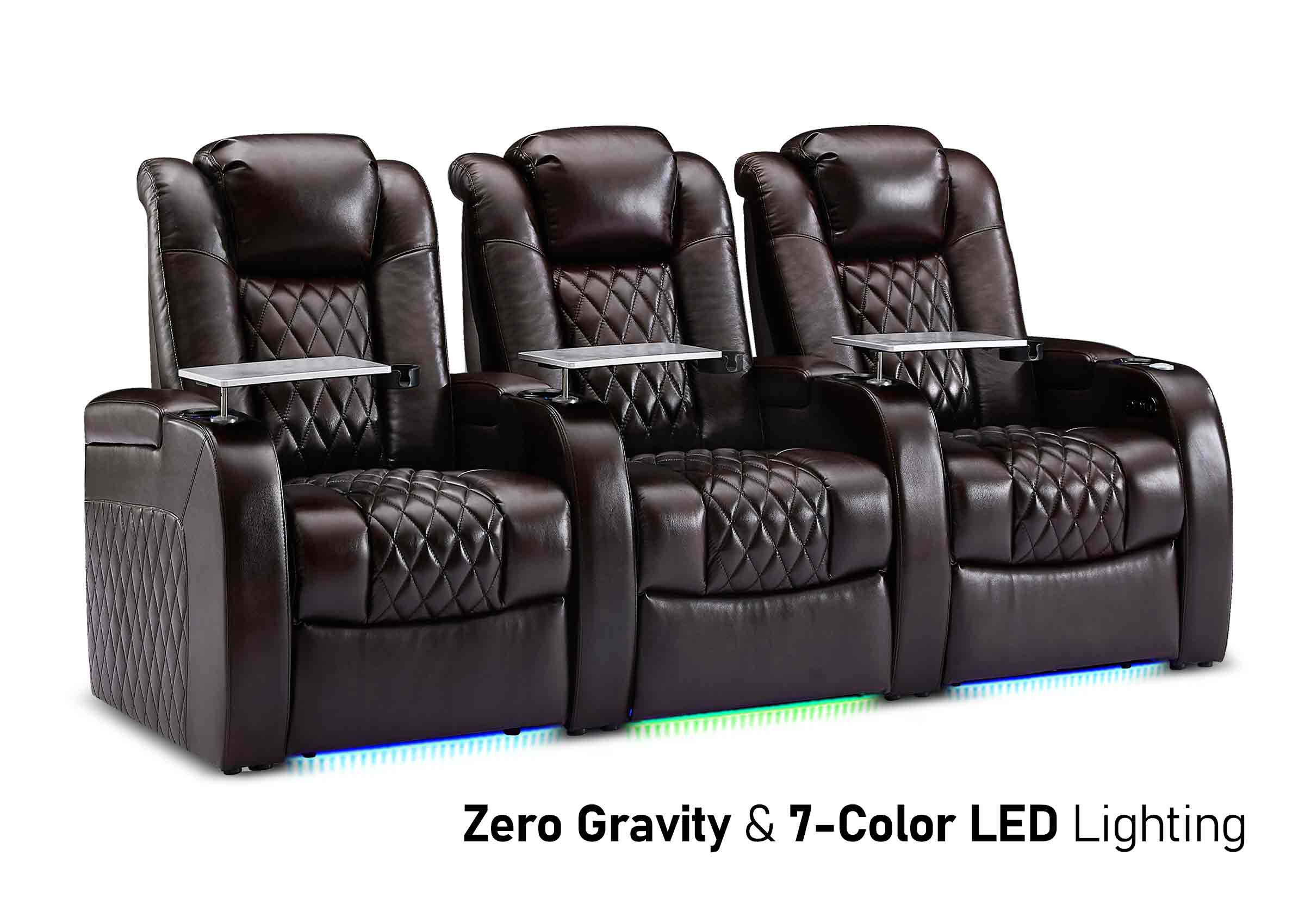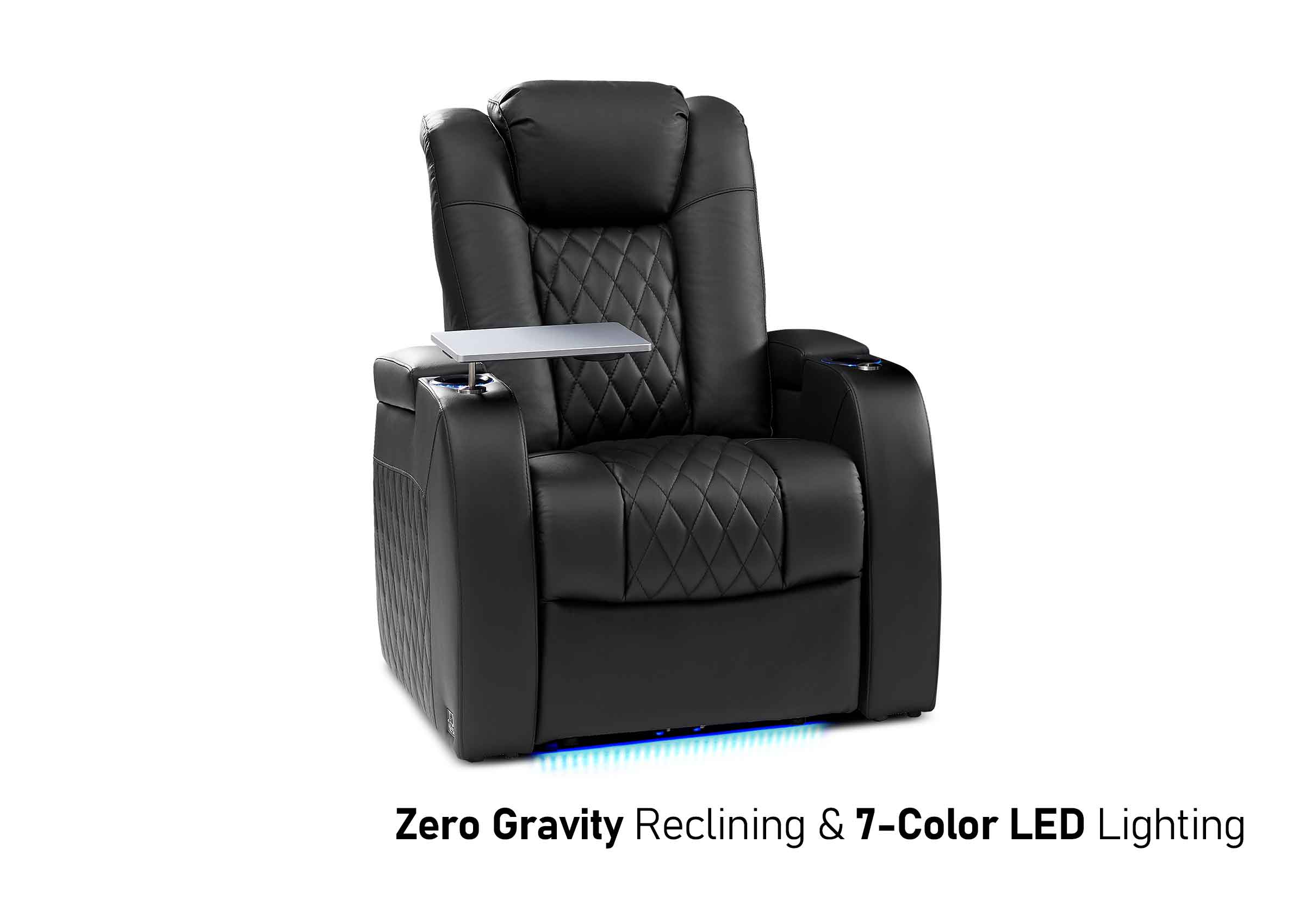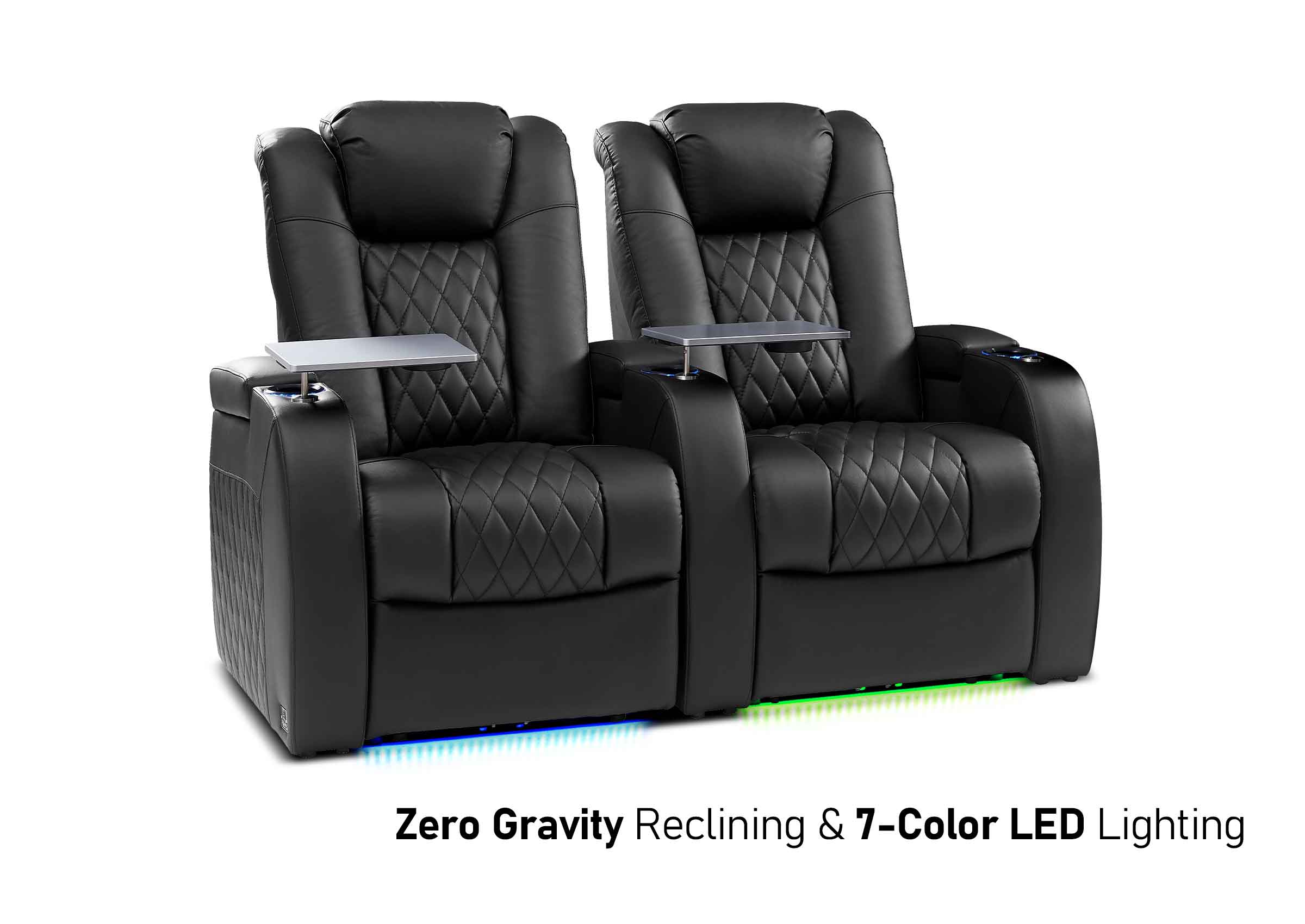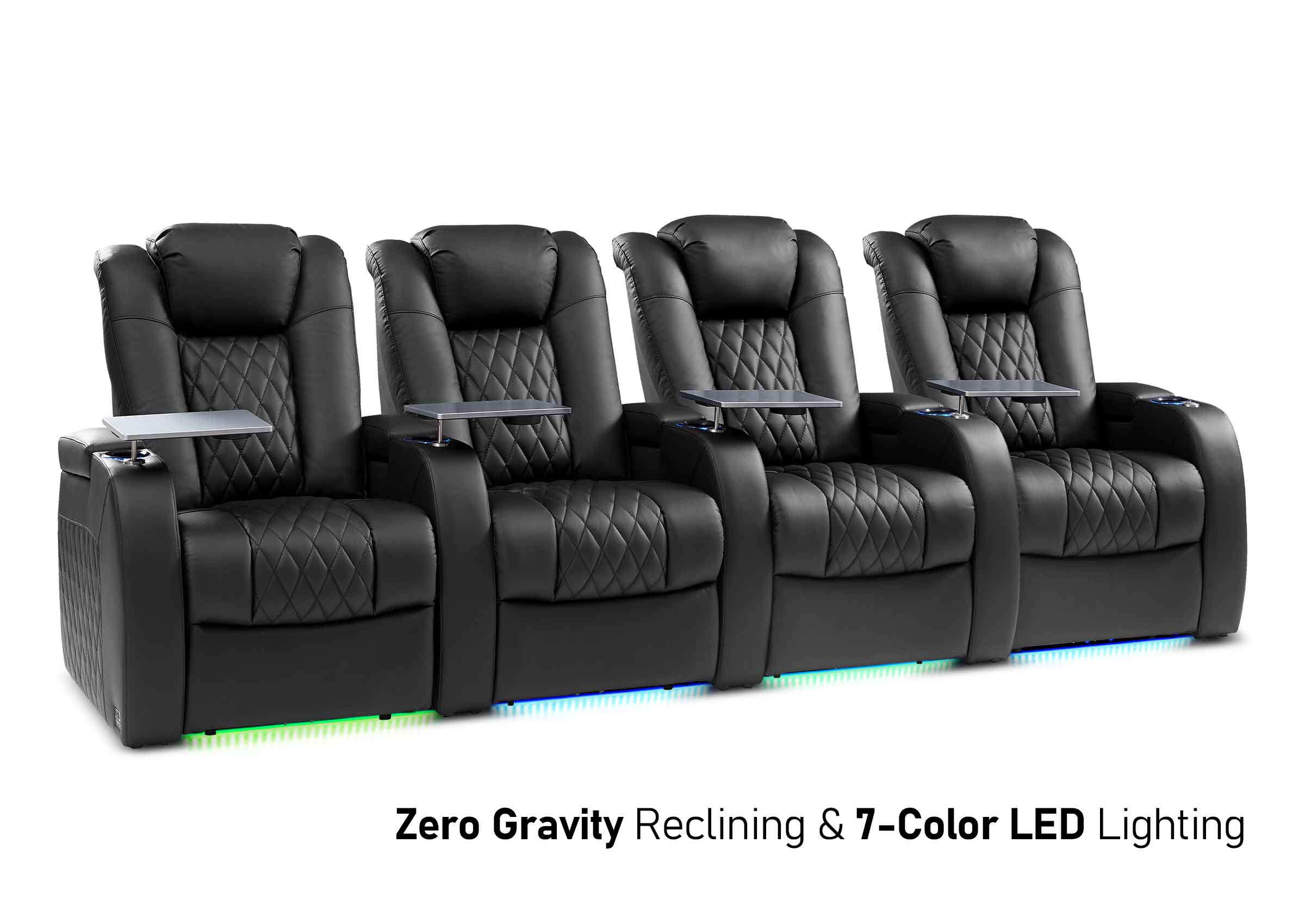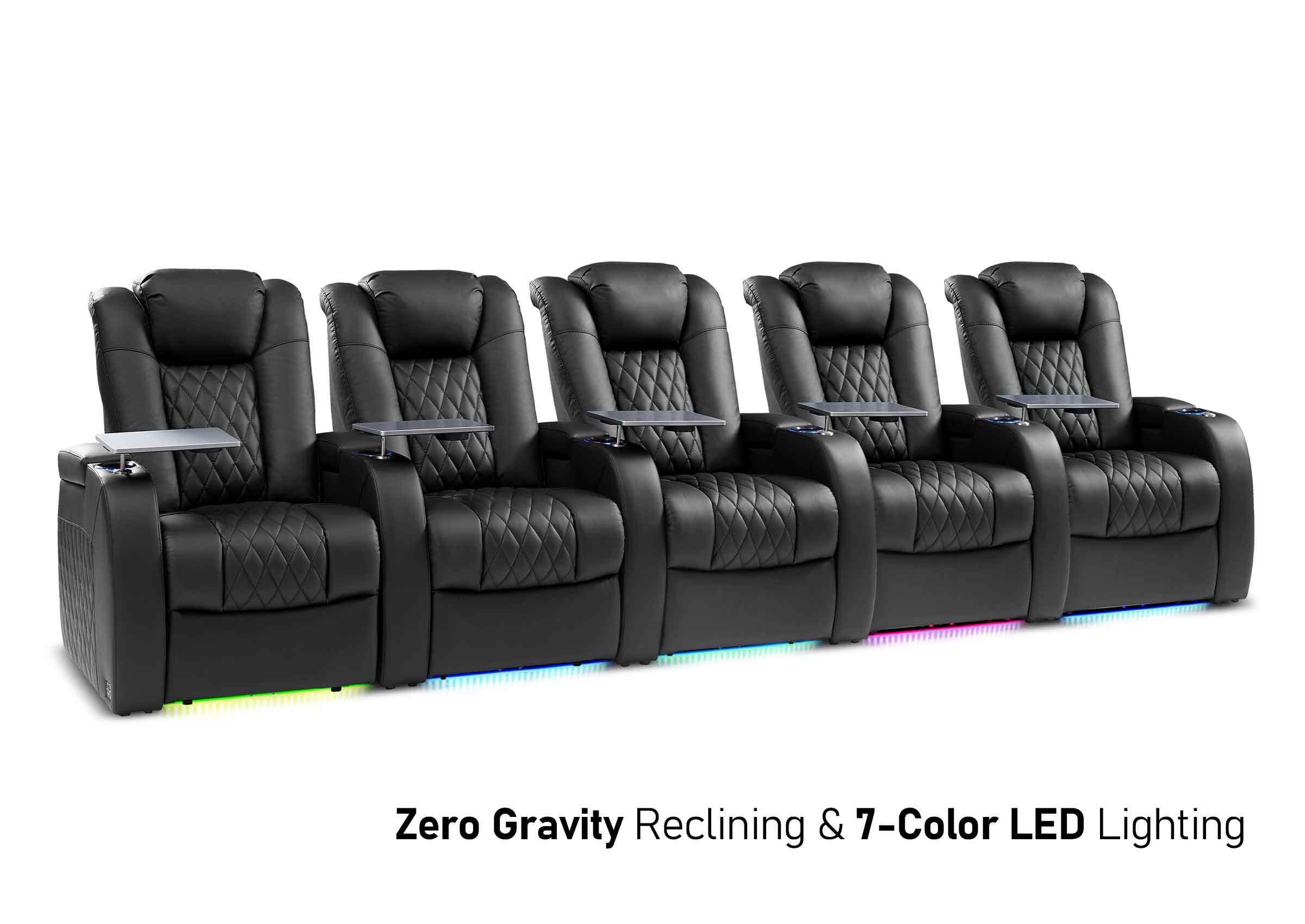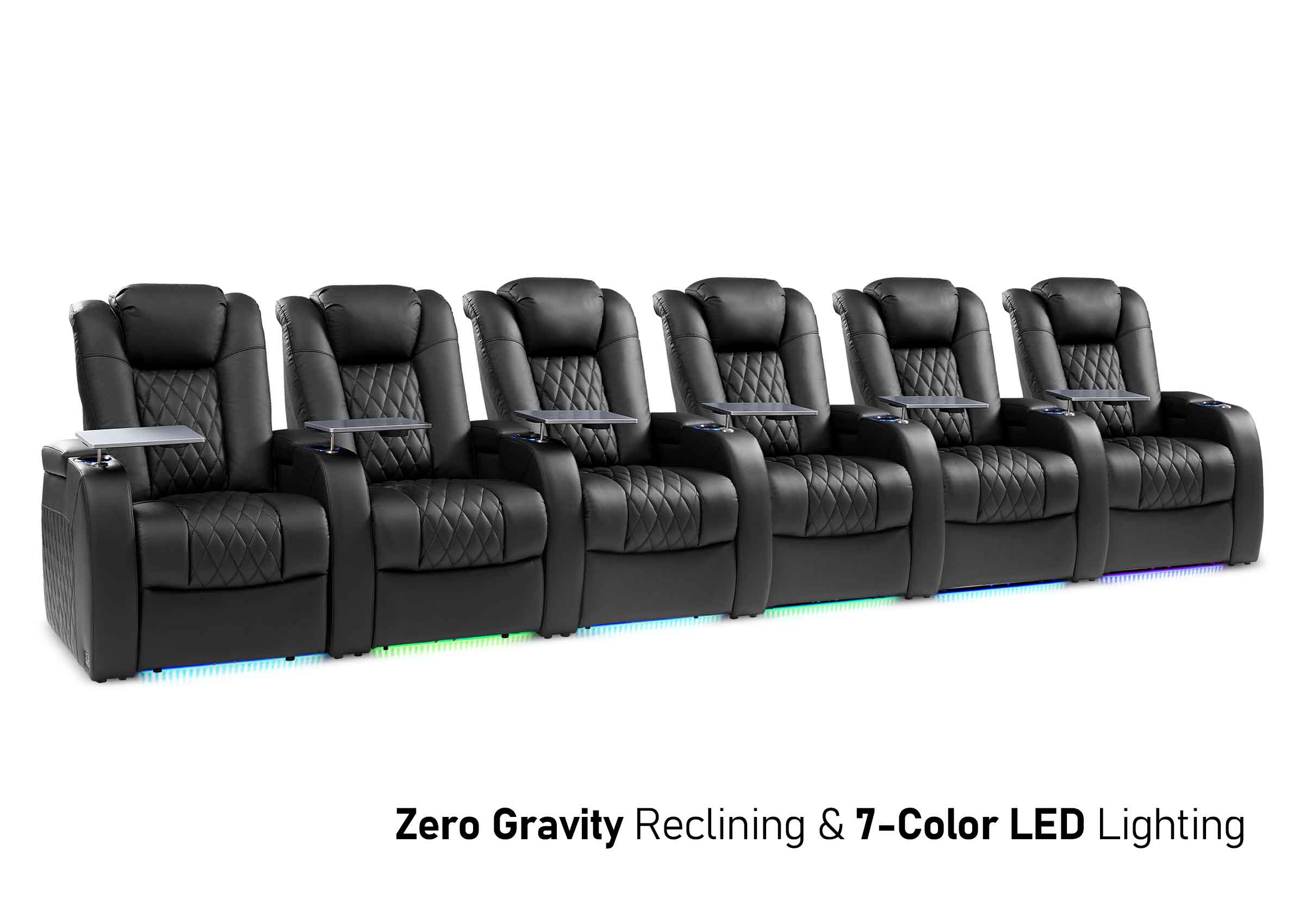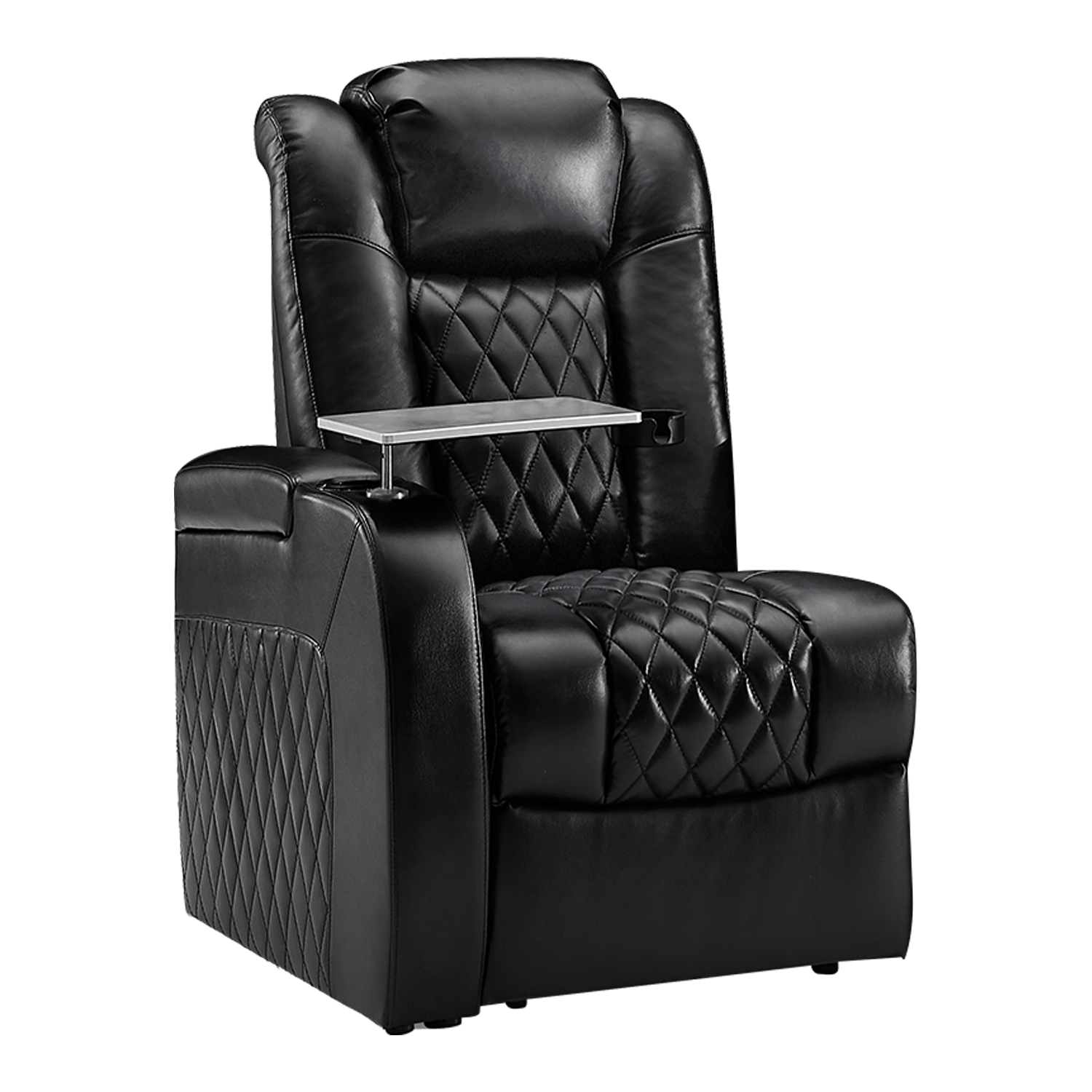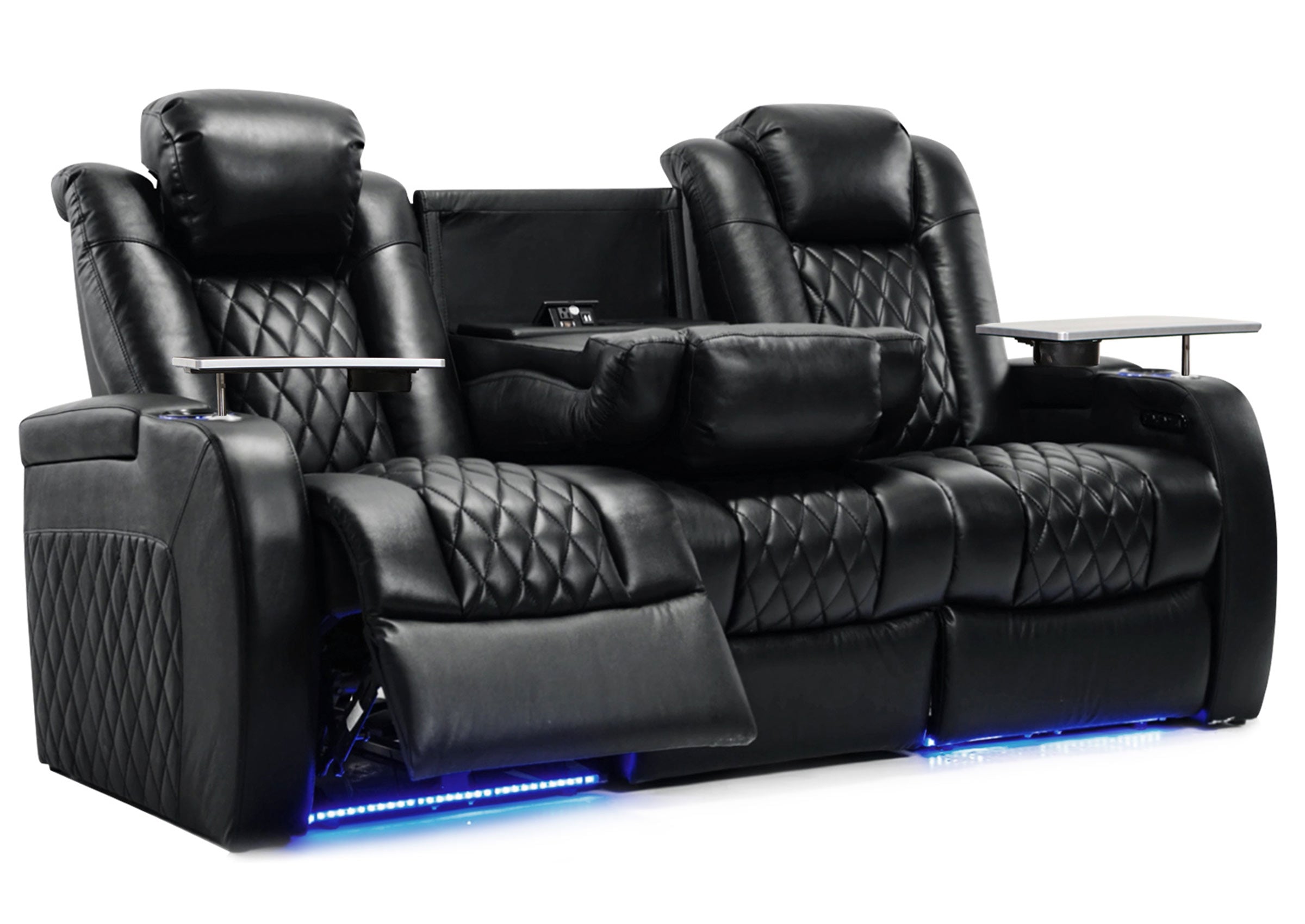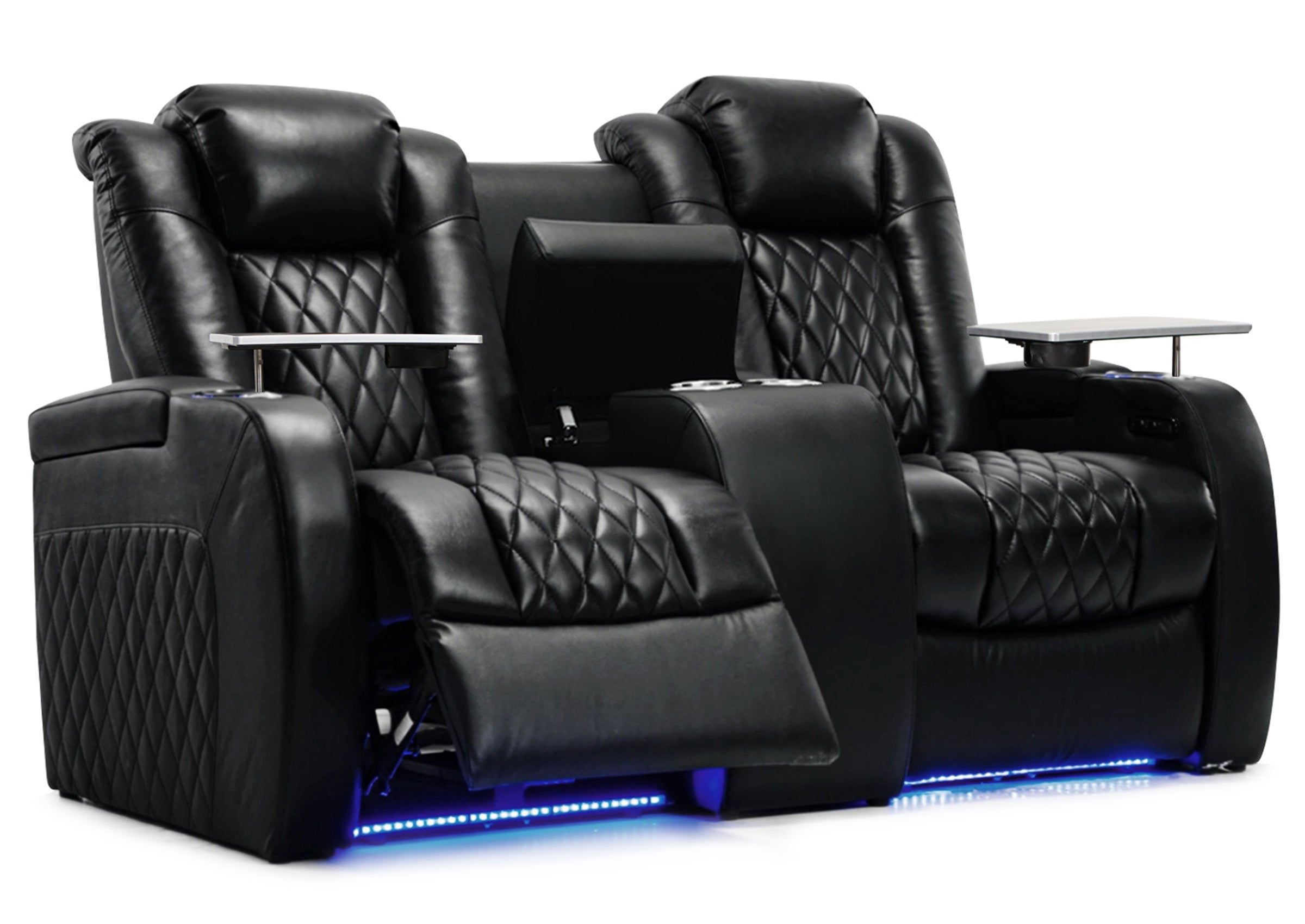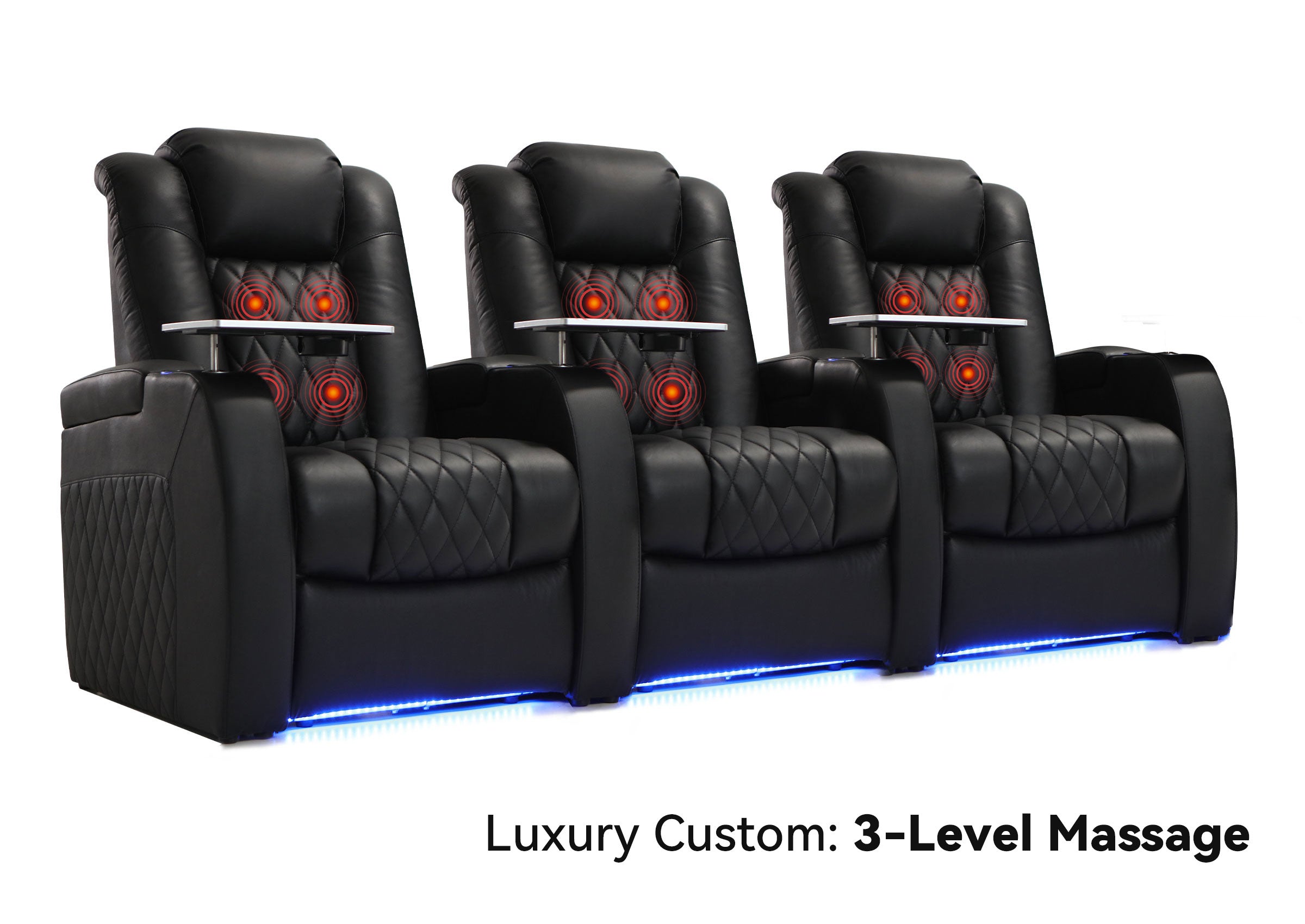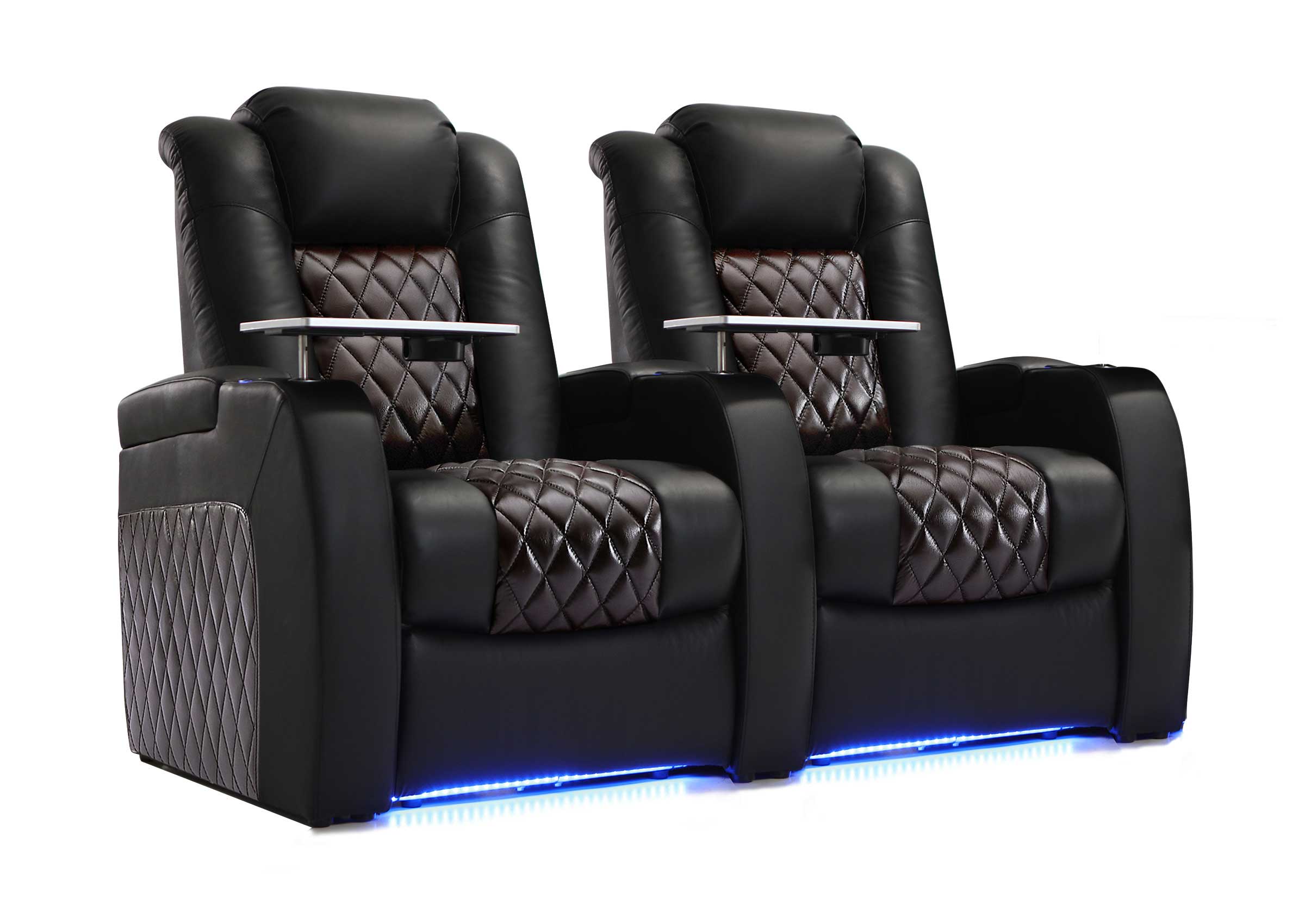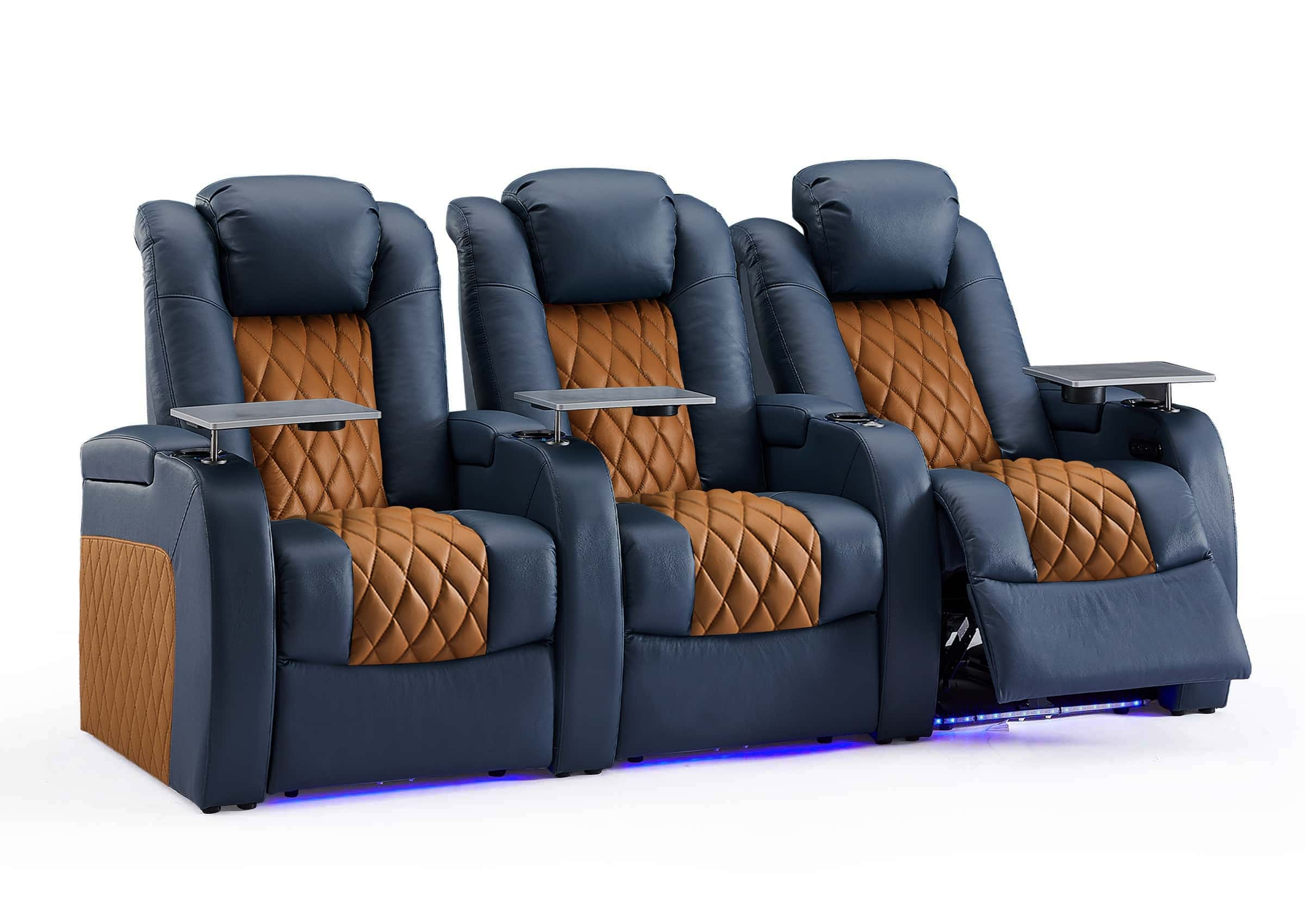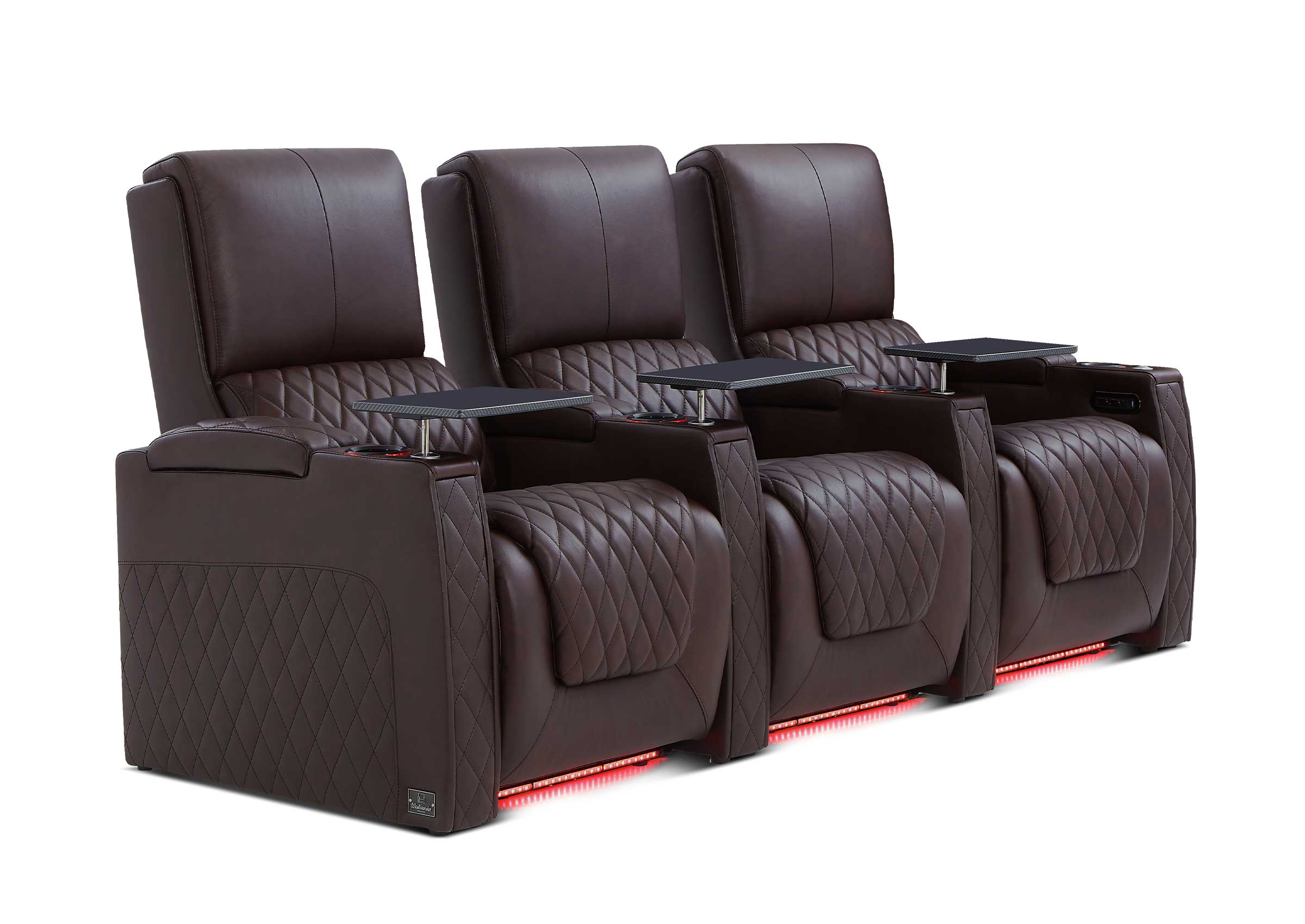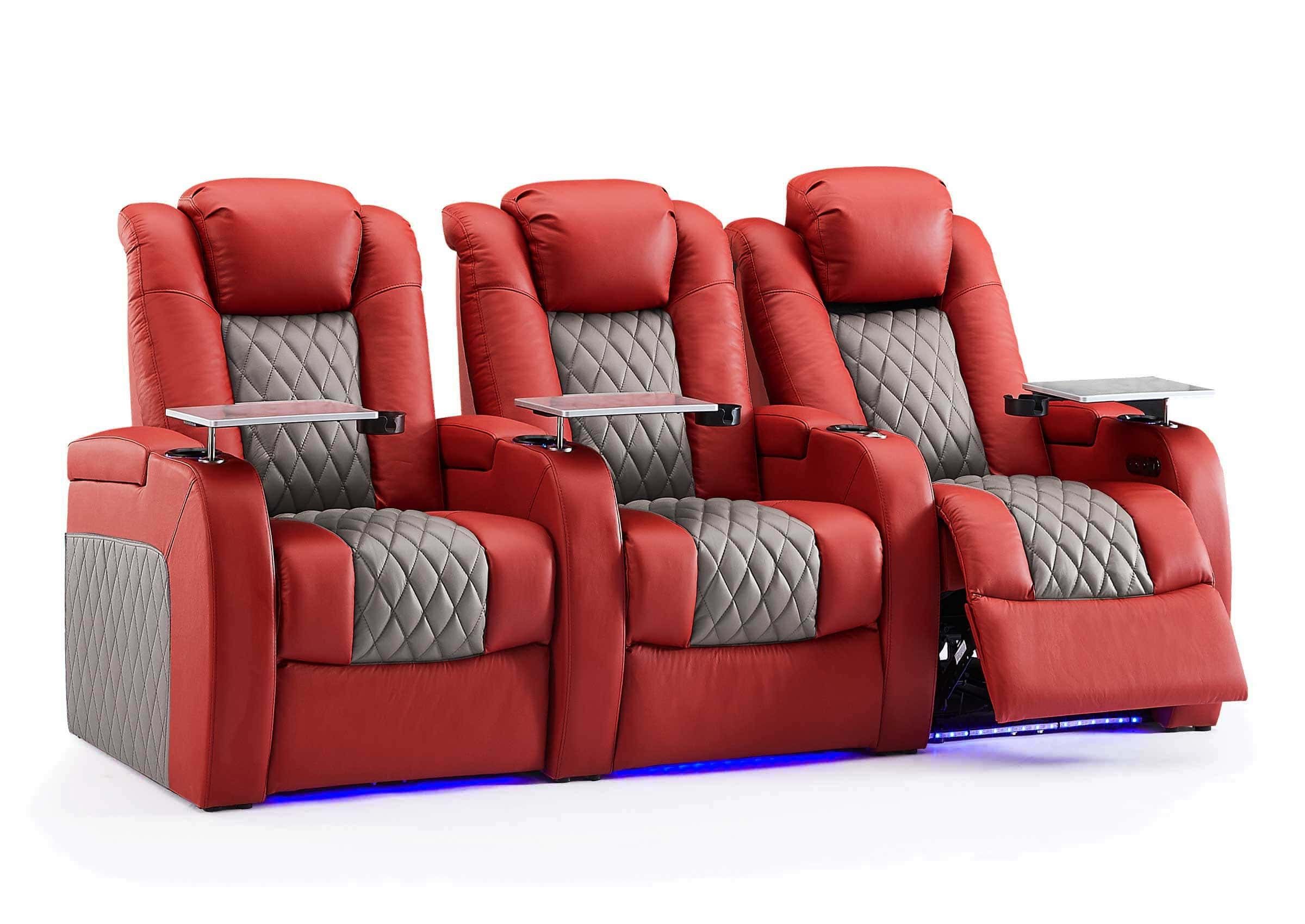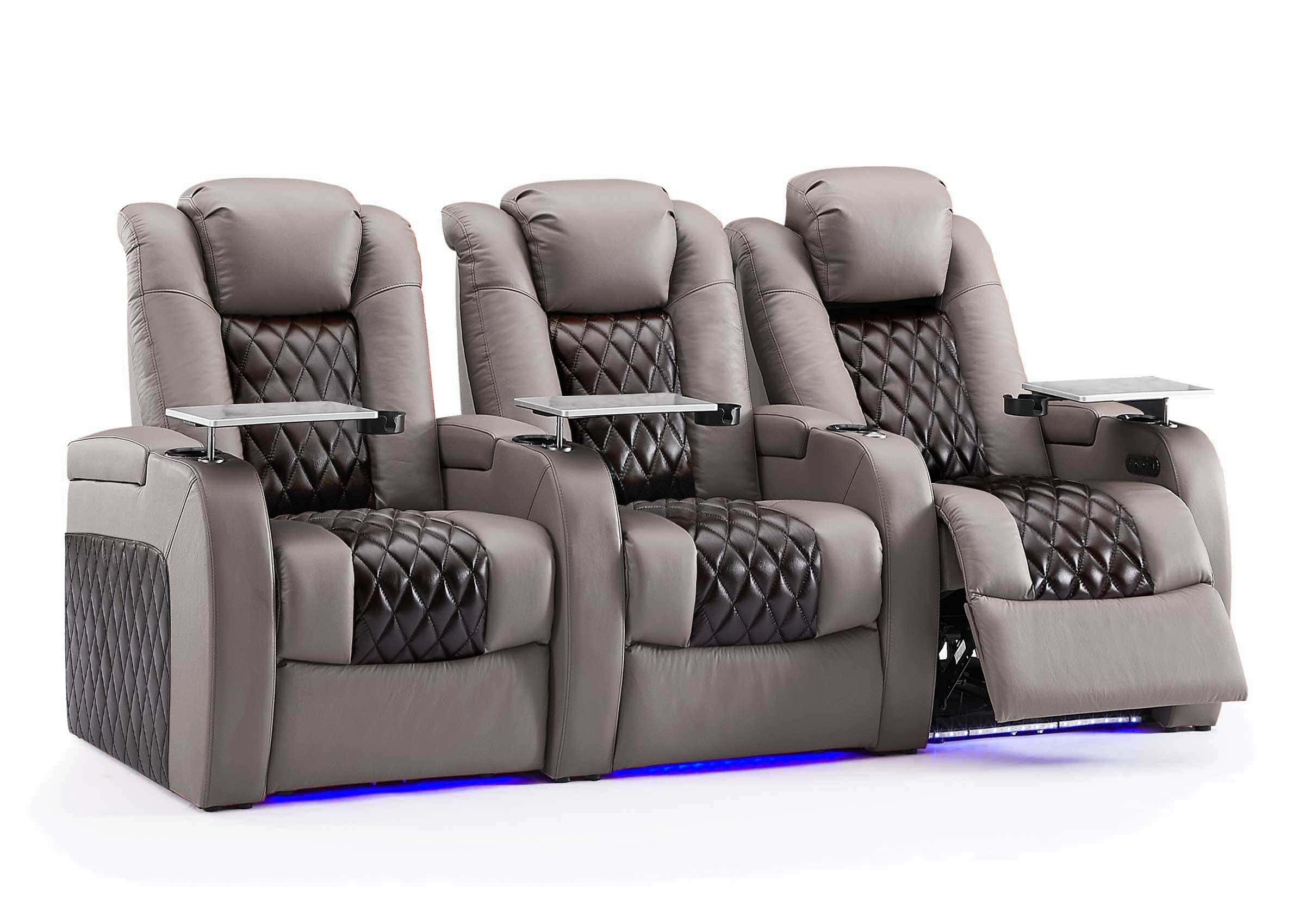Finding a recliner that suits your unique body type is crucial for ensuring long-lasting relaxation and preventing potential health issues. By taking the time to understand your individual needs and exploring the various features available in today's recliners, you can discover the ideal chair that will become your favorite spot for unwinding after a long day.
How Body Type Affects Recliner Comfort and Health
When choosing a recliner, it's important to consider your body type to ensure the best fit and comfort.
Common Body Types and Their Needs
People with a smaller stature should look for a shallower seat depth and lower back height to maintain proper posture. Taller individuals will benefit from a higher back and longer seat depth to accommodate their frame. Those with a broader build should opt for wider seat widths and sturdier construction to provide ample space and support.
The Importance of Ergonomics
Ergonomic features like lumbar support, adjustable headrests, and customizable recline positions can greatly improve comfort. These features help reduce pressure points, promote proper spinal alignment, and minimize muscle strain, ensuring a more relaxing and supportive home seating experience.
Health Risks of Ill-Fitting Recliners
A recliner that doesn't fit your body type can lead to various health issues, such as back pain, neck strain, poor circulation, and joint stiffness. To avoid these problems, it's crucial to select a recliner that suits your unique physique, providing you with a comfortable and healthy seating option.

How to Measure Your Body for the Perfect Recliner
To find a recliner that offers optimal comfort and support, it's essential to take accurate measurements of your body and understand how they correspond to the chair's dimensions.
1. Measuring Your Body
Start by measuring your height by standing straight against a wall, from the floor to the top of your head. Use a scale to determine your current weight, as this can impact the overall size and support you need from a recliner.
Next, measure the width of your shoulders by measuring the distance across the widest part. To measure your hip width, sit on a flat surface and measure the widest part of your hips. For thigh width, remain seated and measure the distance across the widest part of your thighs.
To determine the ideal back height for your recliner, measure from the seat surface to the top of your shoulders while seated in your preferred position, whether upright or reclined.
2. Understanding Recliner Dimensions
When comparing your measurements to recliner specifications, pay attention to the following key dimensions:
-
Seat height:
Measured from the floor to the top of the seat cushion. Ensure your feet can comfortably touch the ground. -
Seat depth:
The distance from the front of the seat to the backrest. Allow 2-4 inches between the back of your knees and the seat's edge. -
Seat width:
Measured across the widest part of the seat. It should accommodate your hips and thighs with some extra room. -
Back height:
The distance from the seat to the top of the backrest. It should comfortably support your shoulders and neck. -
Recliner width:
The overall width of the recliner. Ensure it fits well in your designated space.
Taking accurate measurements and comparing them to recliner dimensions is essential for finding a chair that provides optimal support and comfort. Investing time in finding the perfect match for your body type ensures a customized home seating experience tailored to your unique needs.

Key Features to Consider When Choosing a Recliner
When shopping for a recliner, it's important to look for features that cater to your specific body type and needs, beyond just the basic measurements.
1. Lumbar Support
Proper lumbar support is crucial for maintaining a healthy posture and preventing back pain. Look for a recliner with adjustable lumbar support that aligns with the natural curve of your lower back. This feature is especially important if you have a history of back issues or spend long hours sitting.
2. Footrest Length
The footrest should extend far enough to support your legs and feet without putting strain on your knees. If you're taller, look for a recliner with an extended footrest or one that can be adjusted to your desired length. Shorter individuals should ensure the footrest doesn't extend too far, which can cause discomfort.
3. Armrest Positioning
Armrests should be positioned at a comfortable height and width to support your arms and shoulders. If you have broader shoulders, look for a recliner with wider, more spacious armrests. Those with smaller frames may prefer narrower armrests that allow for easier movement.
4. Headrest Adjustability
An adjustable headrest can provide additional support and comfort for your head and neck, especially if you have a taller or shorter than average stature. Look for a recliner that allows you to customize the headrest position to your preferred angle and height.
Types of Recliners and Their Suitability
When selecting a recliner, it's essential to consider the various types available and how they cater to different body types and preferences.
1. Standard vs. Oversized Recliners
Standard recliners are suitable for most average-sized individuals, offering a comfortable fit without overwhelming smaller spaces. However, if you have a larger frame or prefer more spacious seating, an oversized recliner may be a better choice. These models offer extra width, depth, and height to accommodate larger body types comfortably.
2. Rocker and Glider Recliners
Rocker recliners feature a swiveling base that allows for a smooth rocking motion, which can be soothing and relaxing. Glider recliners, on the other hand, move back and forth on a fixed track, providing a similar calming effect. Both types can be beneficial for those who enjoy gentle movement while seated, but they may require more floor space than standard recliners.
3. Power vs. Manual Recliners
Power recliners use an electric motor to adjust the chair's position, making it easier to find the perfect angle for your body type. This feature is particularly helpful for those with limited mobility or strength. Manual recliners rely on a lever or handle to recline, which may require more effort but can be more cost-effective and reliable in the long run.
4. Specialized Recliners
Some recliners offer specialized features designed to address specific needs or preferences. Zero-gravity recliners, for example, elevate your feet above your heart level, reducing pressure on your spine and promoting circulation. Lift chairs, on the other hand, are designed to help individuals with mobility issues stand up and sit down safely and easily. Consider these specialized options if you have specific health concerns or requirements.

Other Factors to Consider When Choosing a Recliner
In addition to your body type and the specific features of a recliner, there are several other factors to keep in mind when making your selection.
-
Room Size and Layout:
Measure your space and ensure the recliner fits when fully extended. This is especially important if you're incorporating your new recliner into a home theater setup, where optimal seating arrangement is key. For a comprehensive guide on designing the perfect home theater layout, check out our article on "Home Theater Seating Layout: A Complete Guide". -
Aesthetic Preferences:
Choose a recliner that matches your style and existing decor. -
Durability and Maintenance:
Look for high-quality materials and consider maintenance requirements. -
Budget:
Set a budget, but remember that higher quality may offer better long-term value.

Consider your specific needs, preferences, and lifestyle to find a recliner that will provide you with long-lasting comfort and satisfaction.
Find Your Perfect Recliner Today
Choosing the right recliner for your body type is crucial for comfort and health. By measuring yourself, understanding recliner dimensions, and considering key features like lumbar support and adjustable headrests, you can find a chair that fits you perfectly. Don't forget to think about the recliner type, room layout, and your budget. Remember, a well-chosen recliner is an investment in your comfort and well-being. Take your time to explore different options, test them out if possible, and choose a recliner that will become your favorite spot for relaxation. With the right recliner, you'll enjoy years of comfortable, supportive seating.

